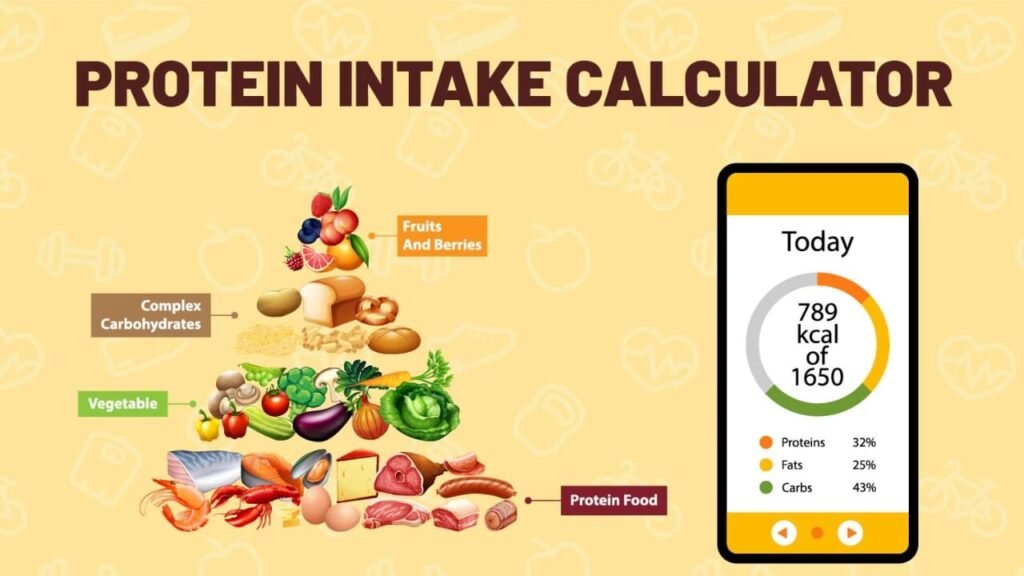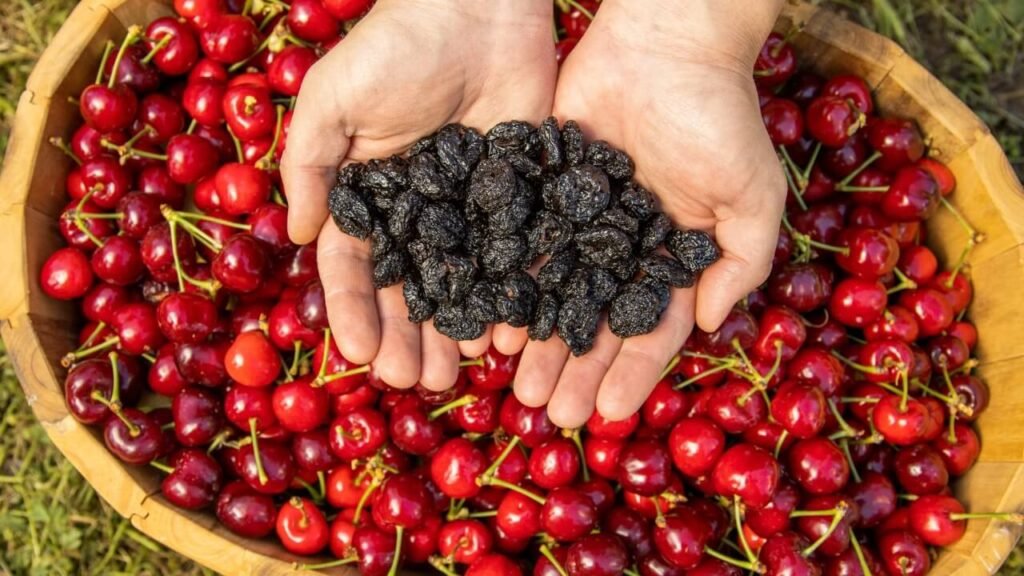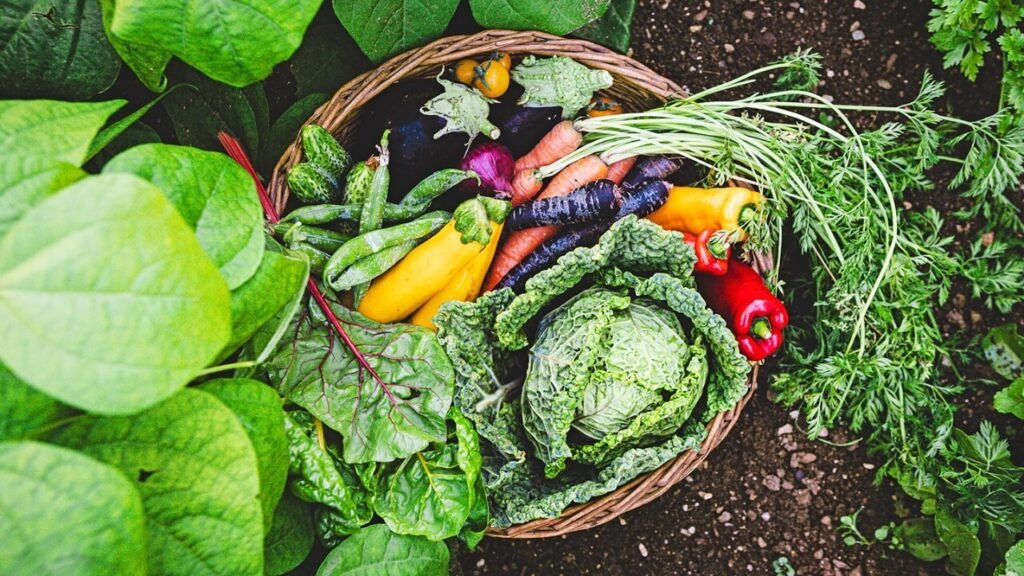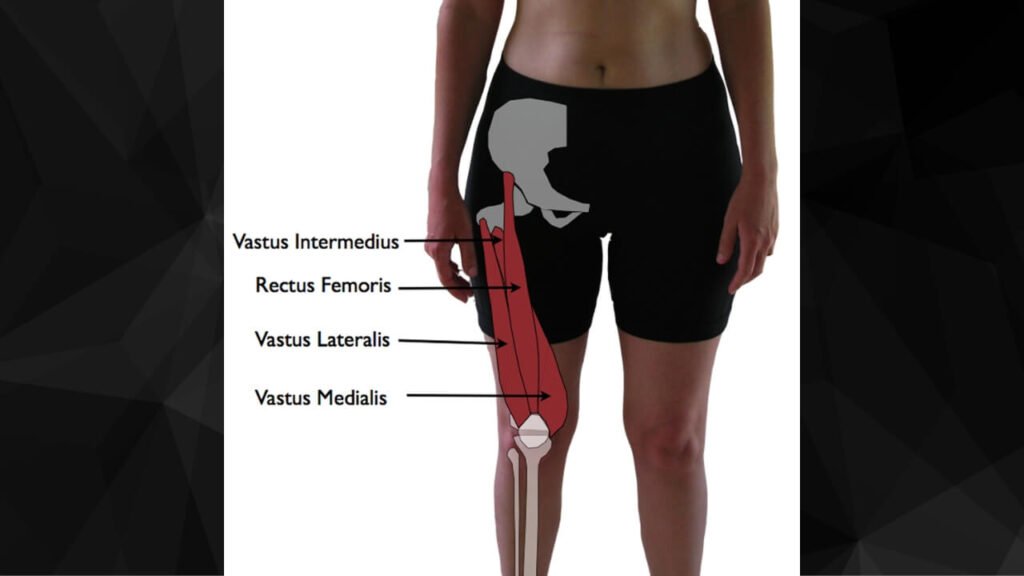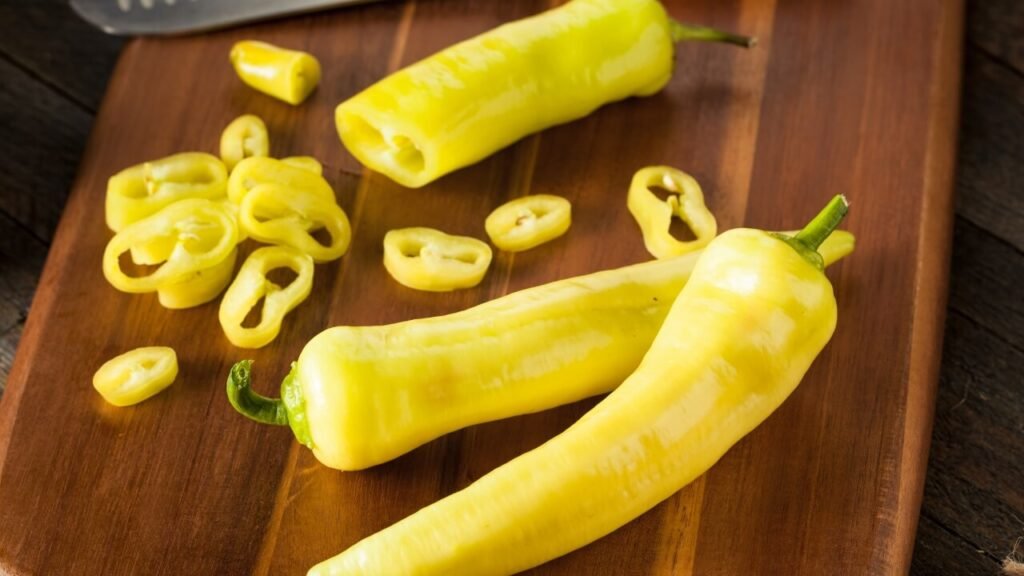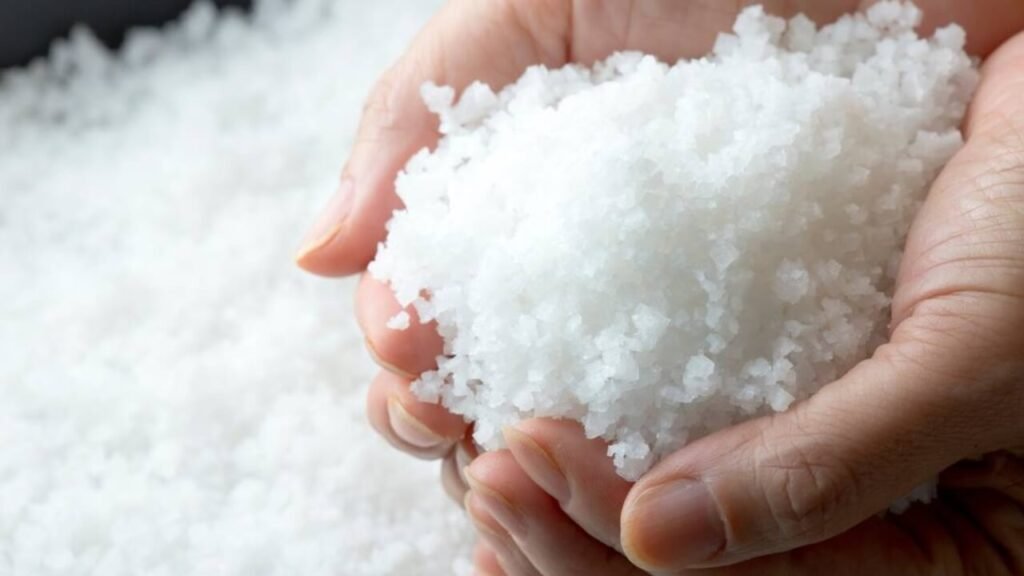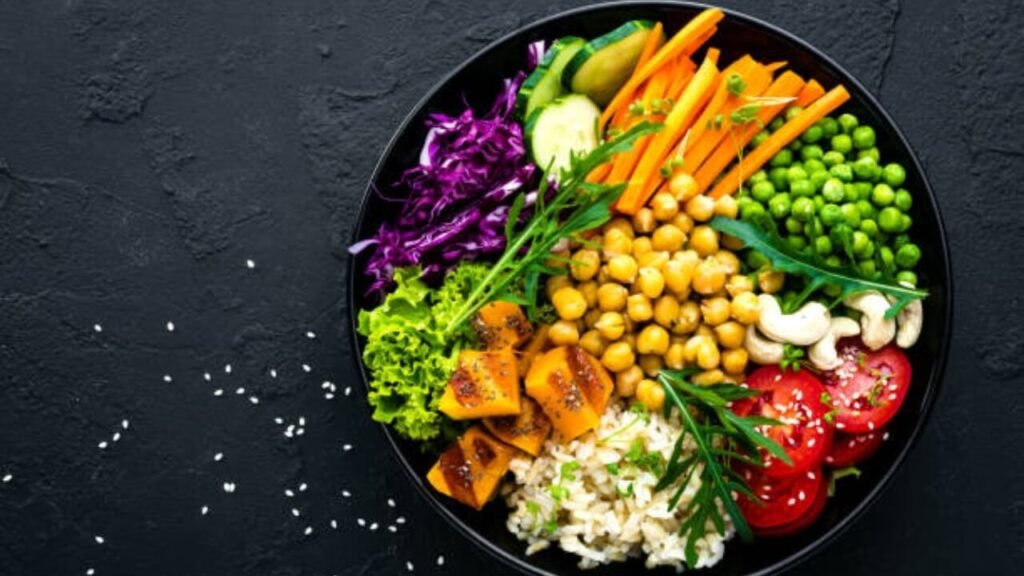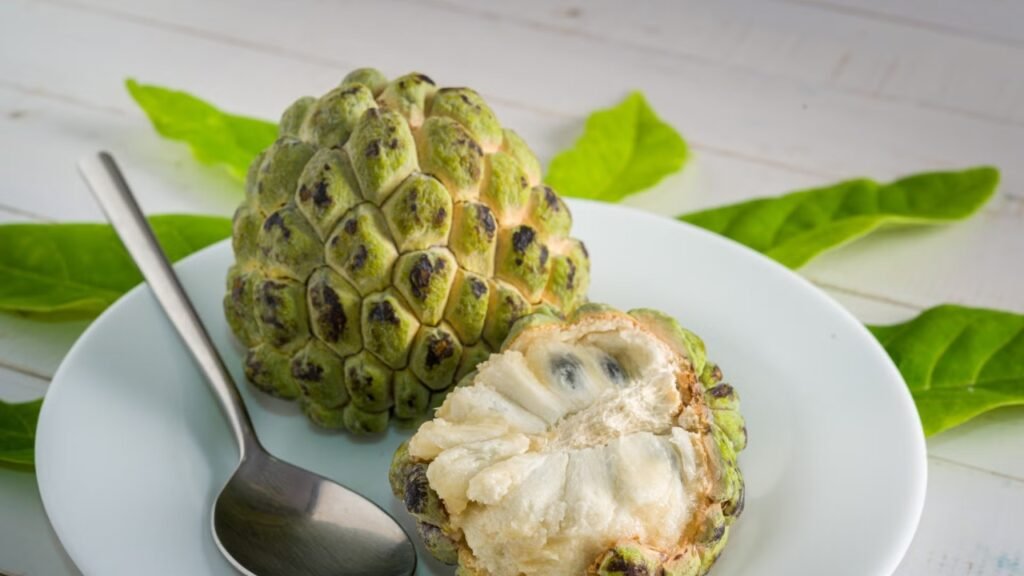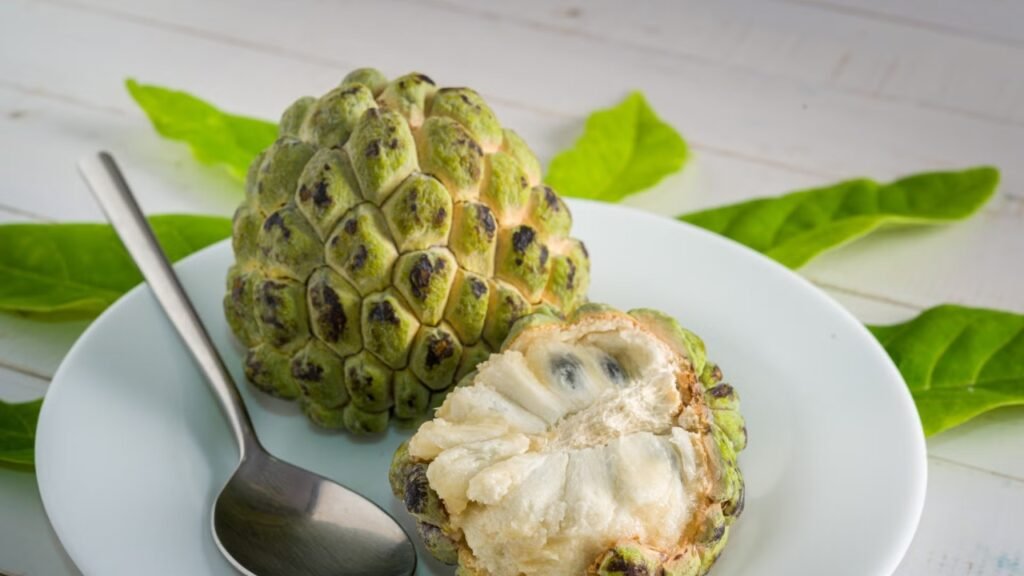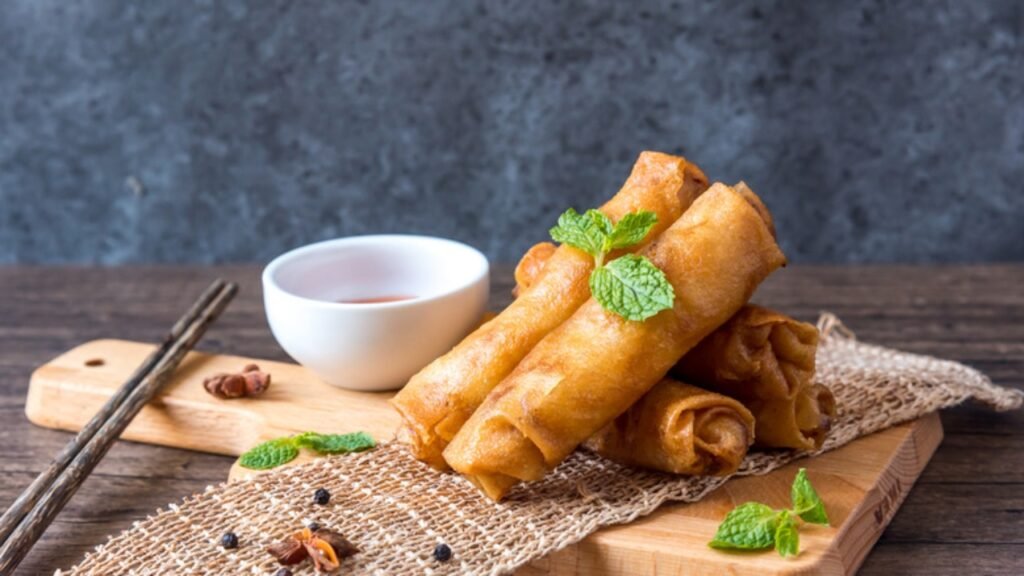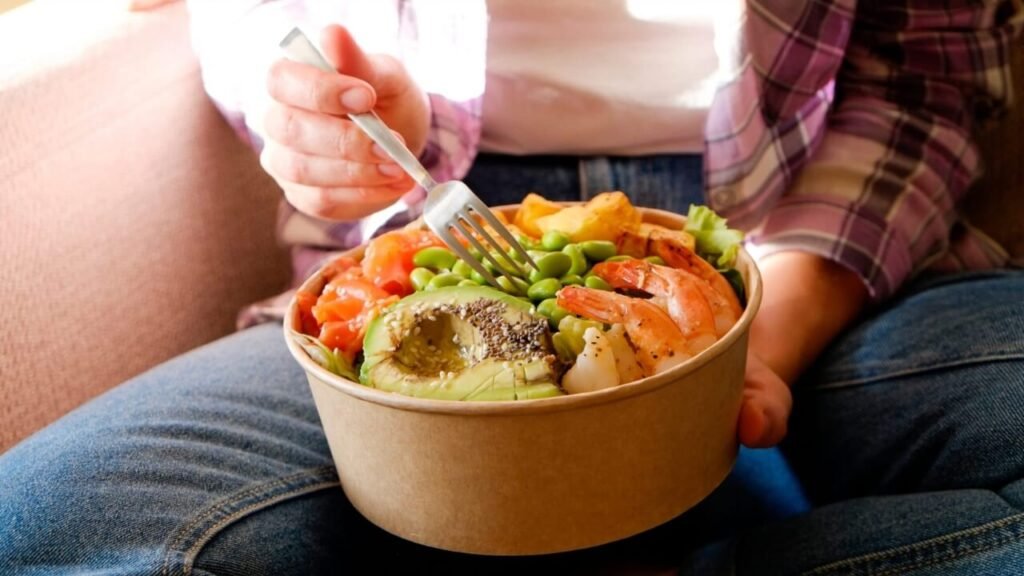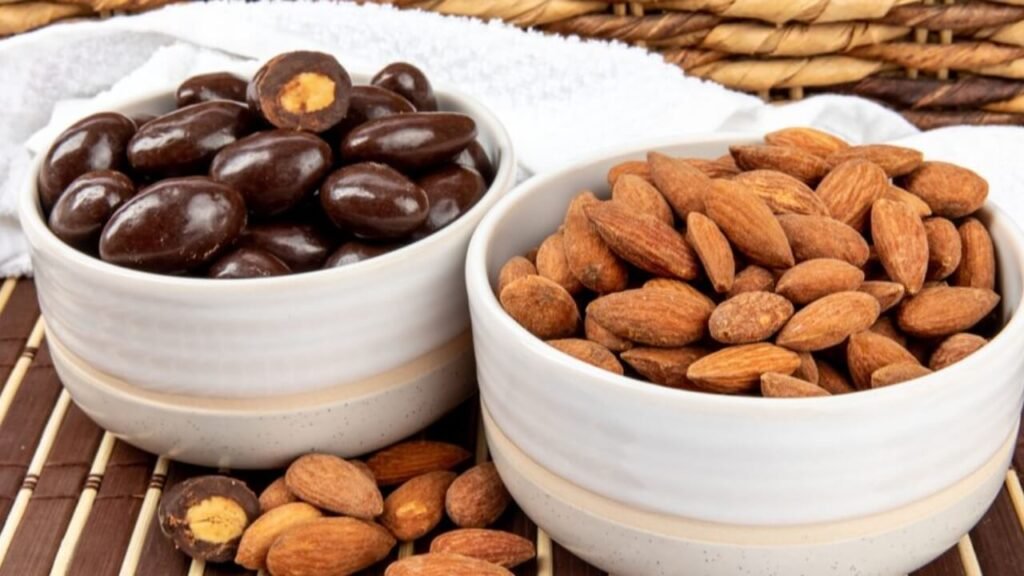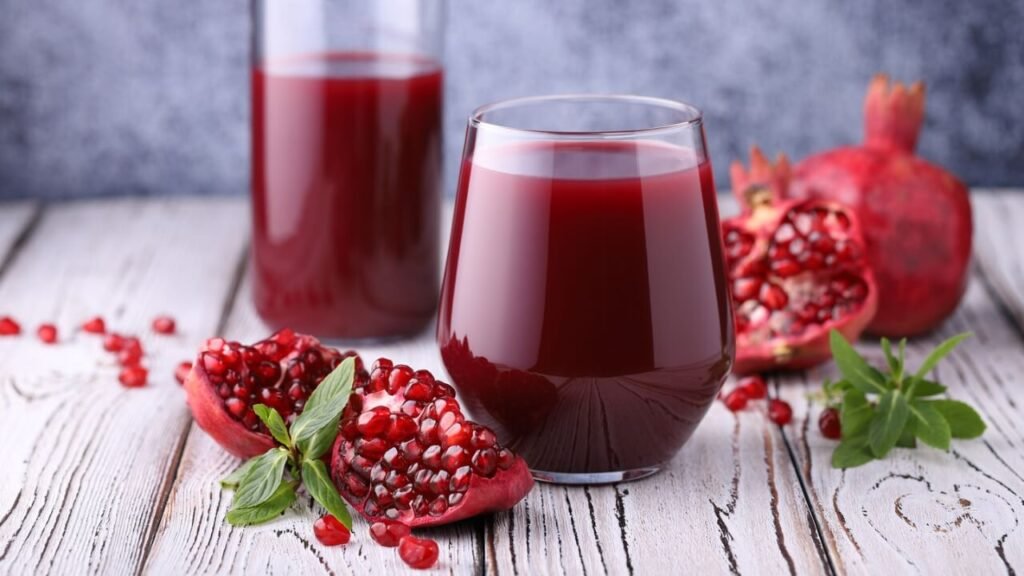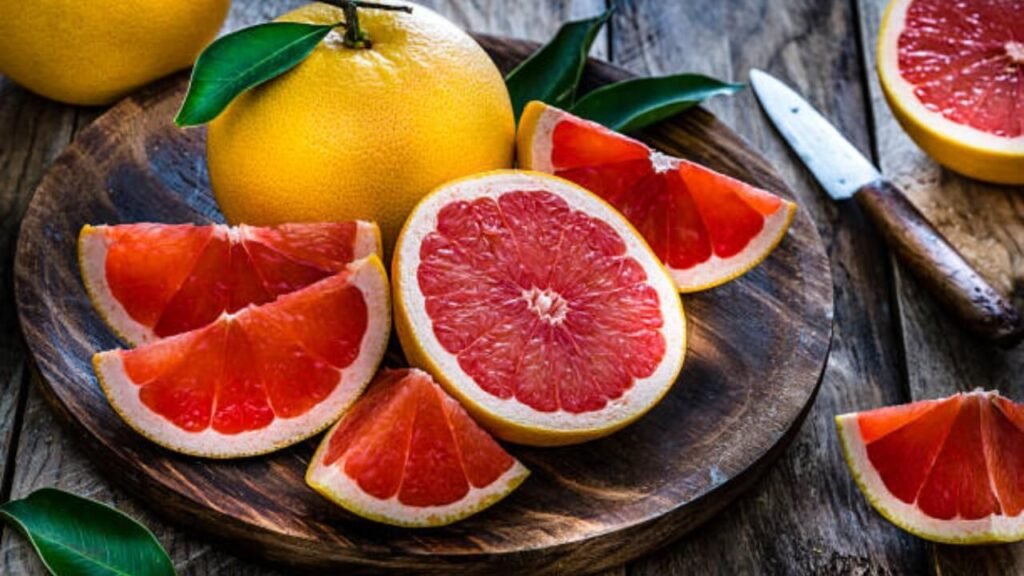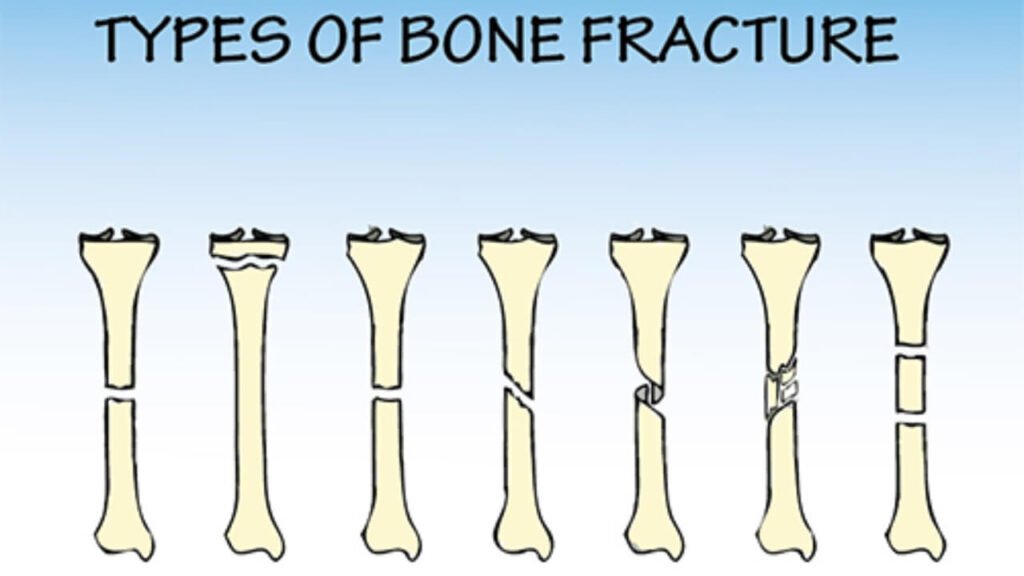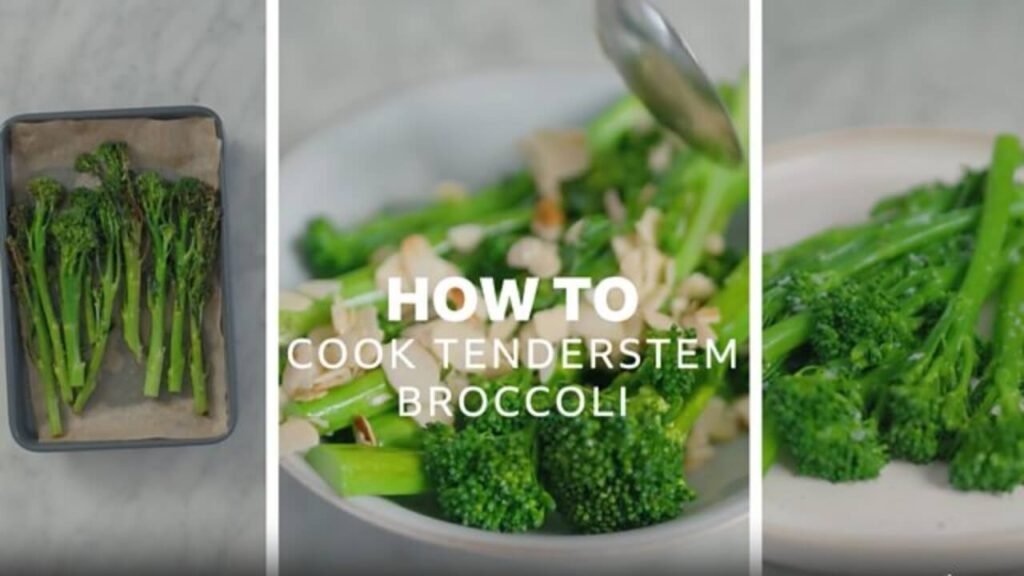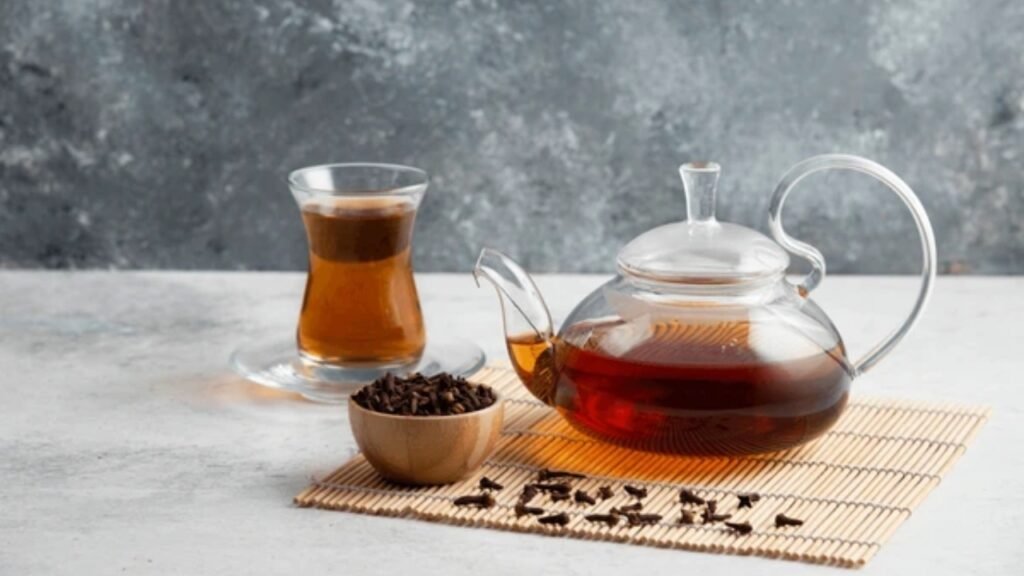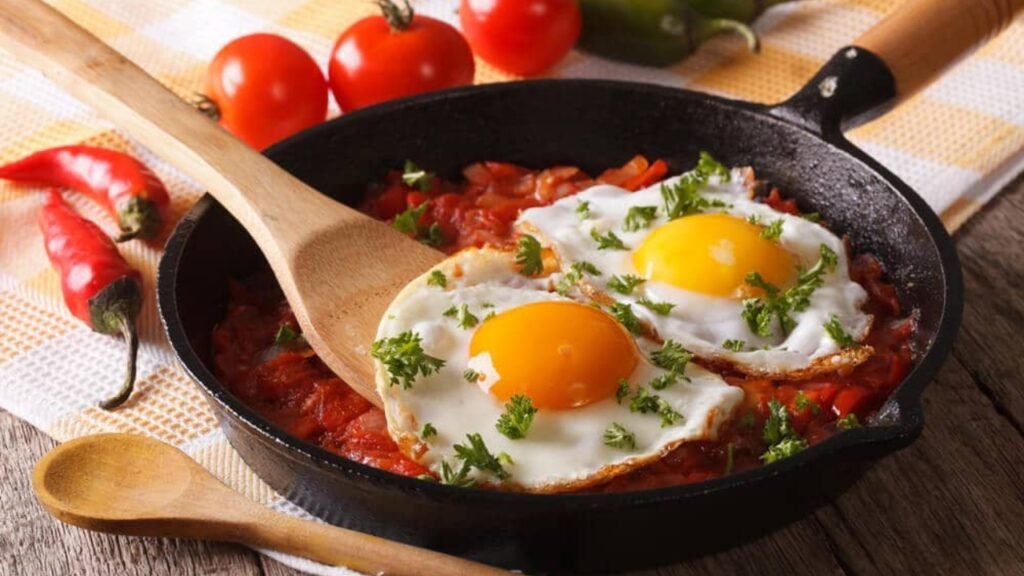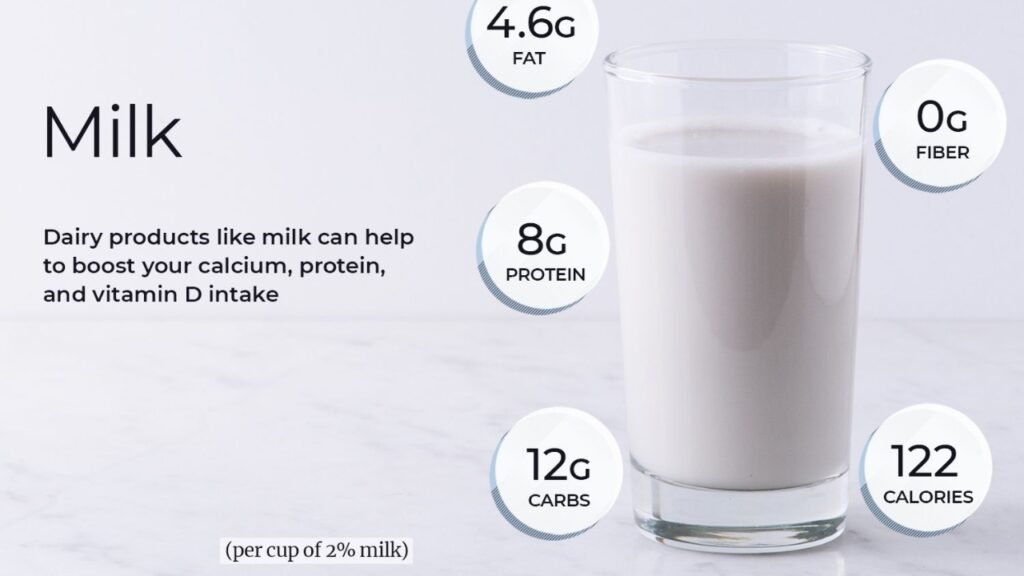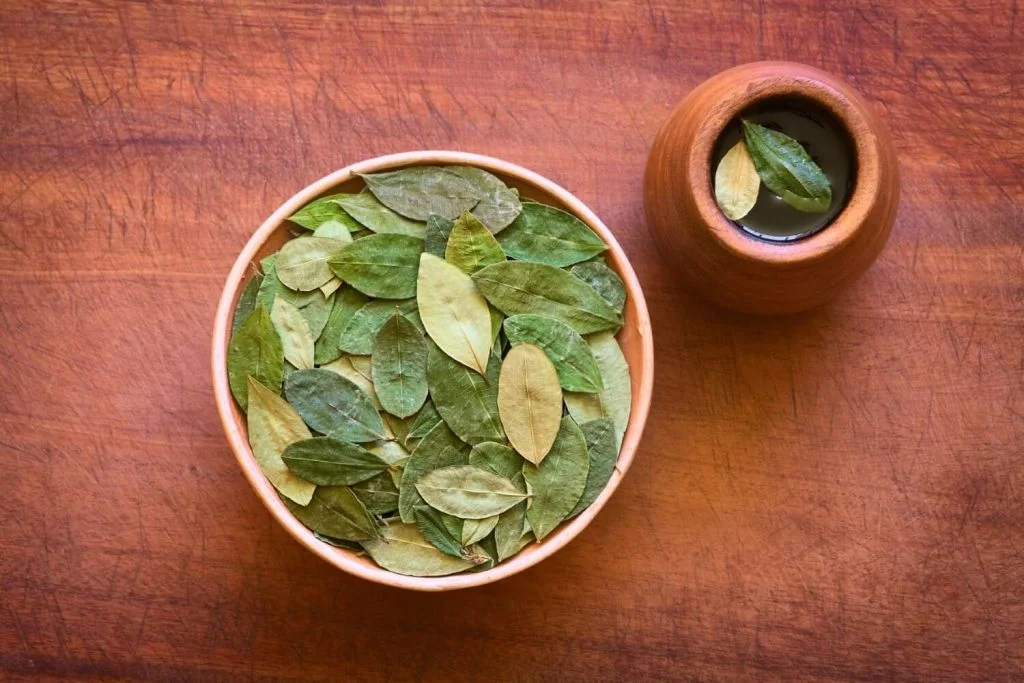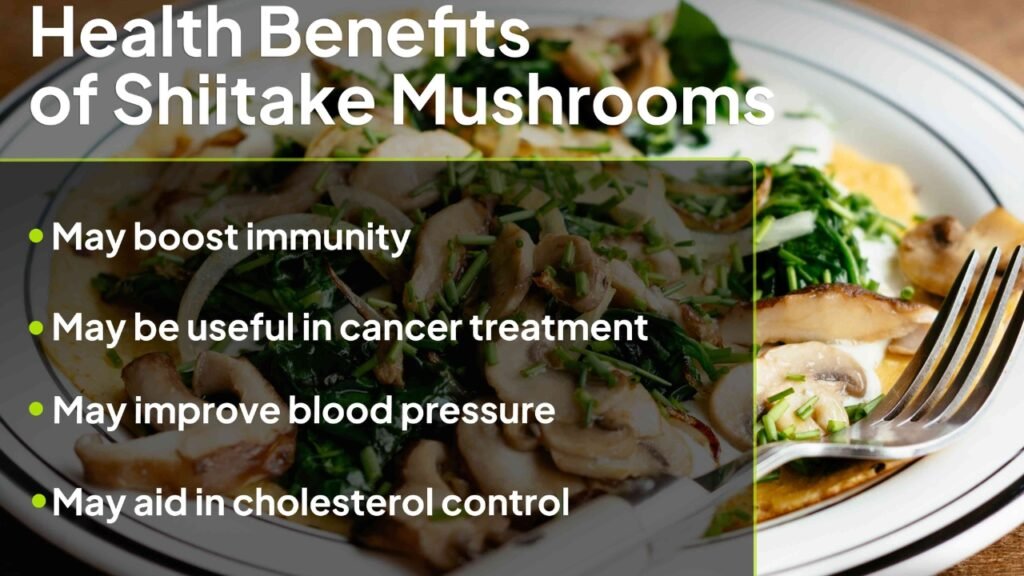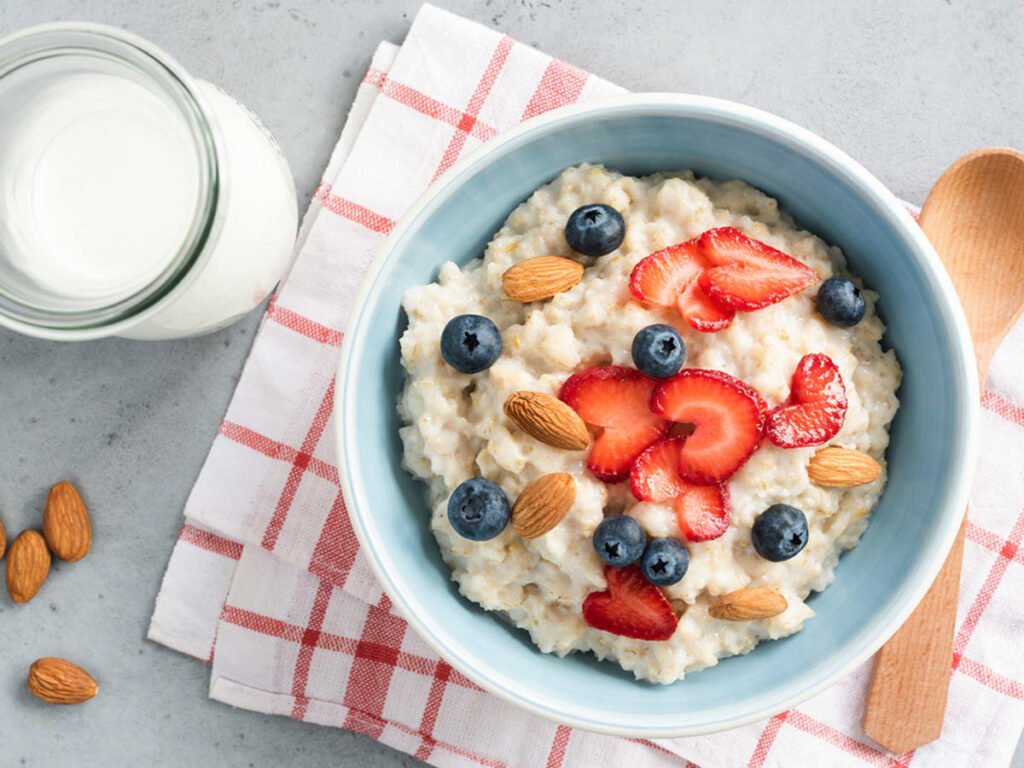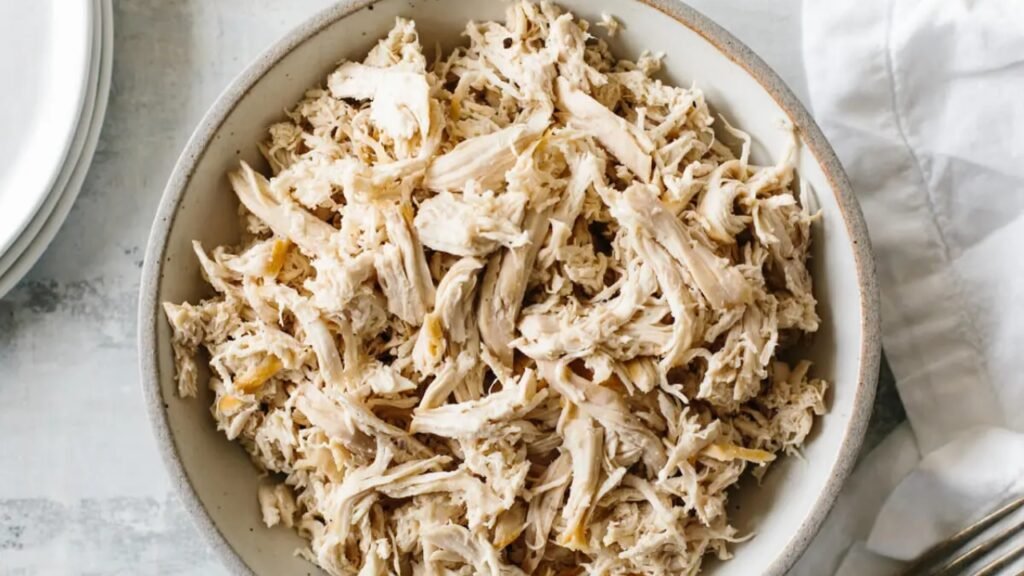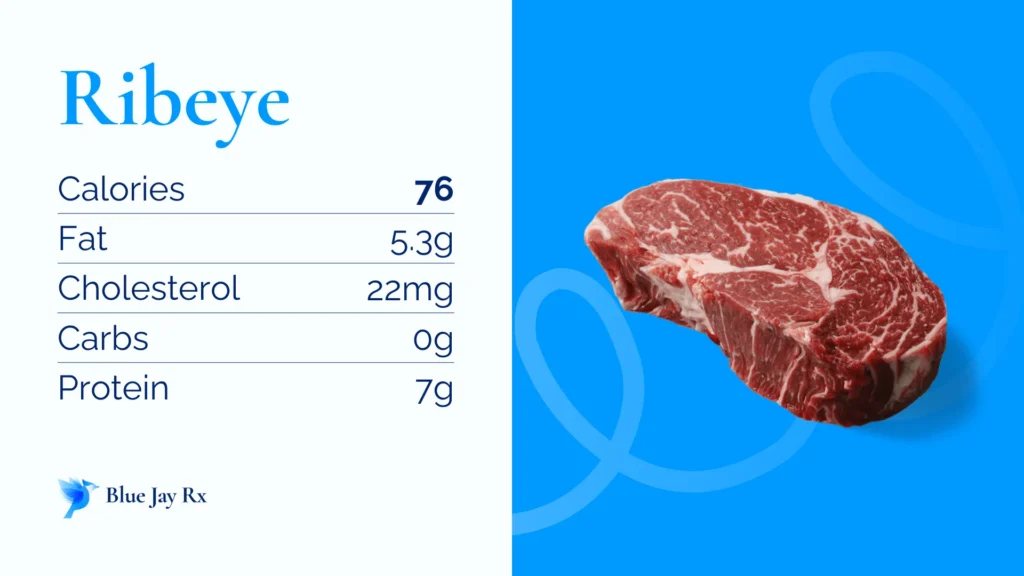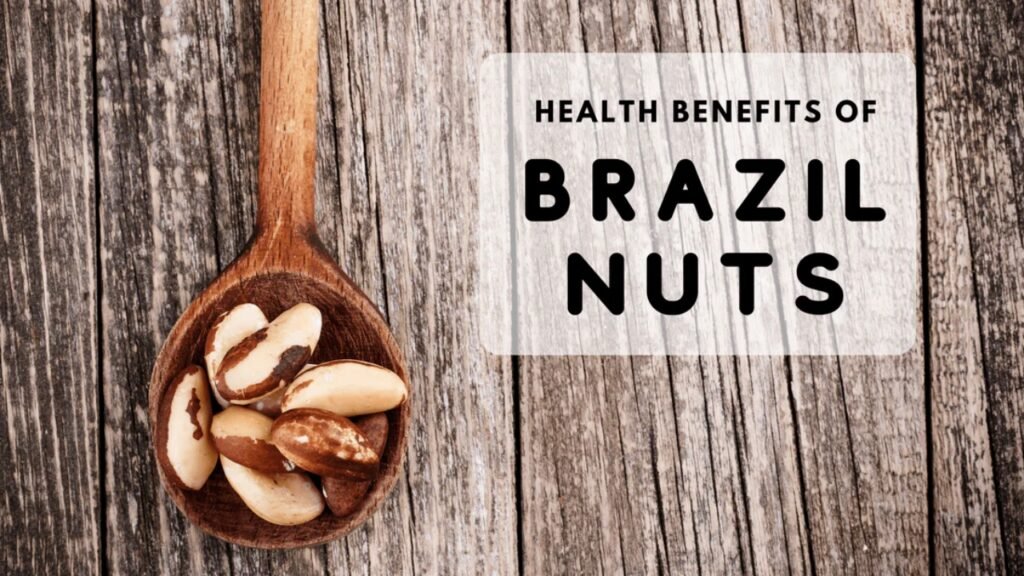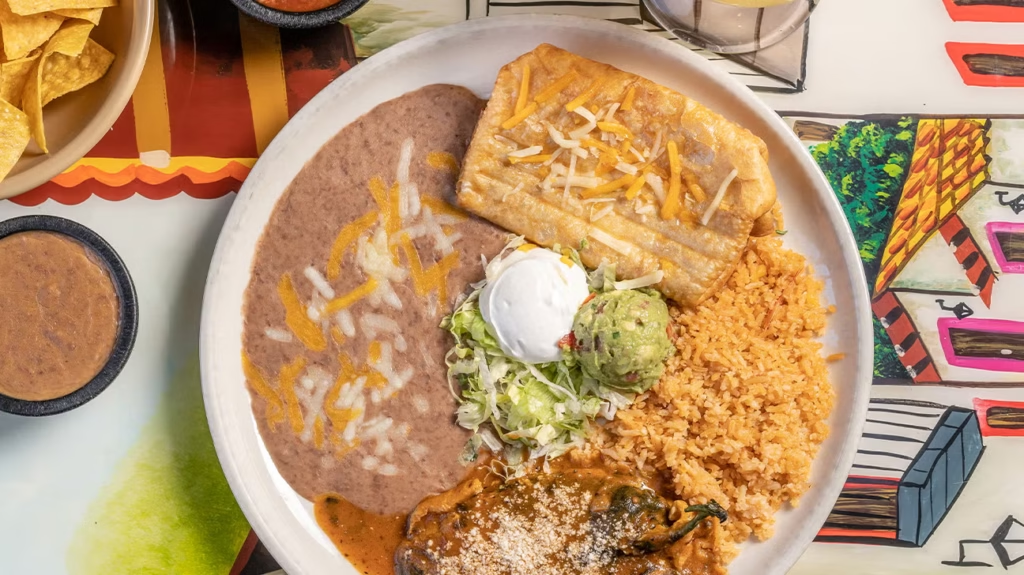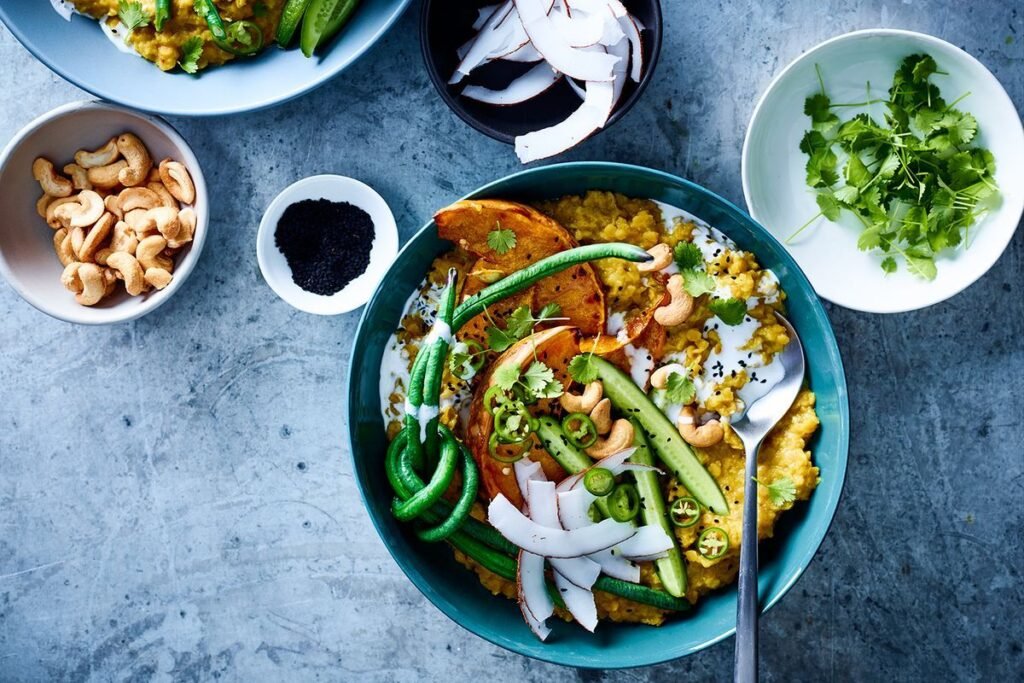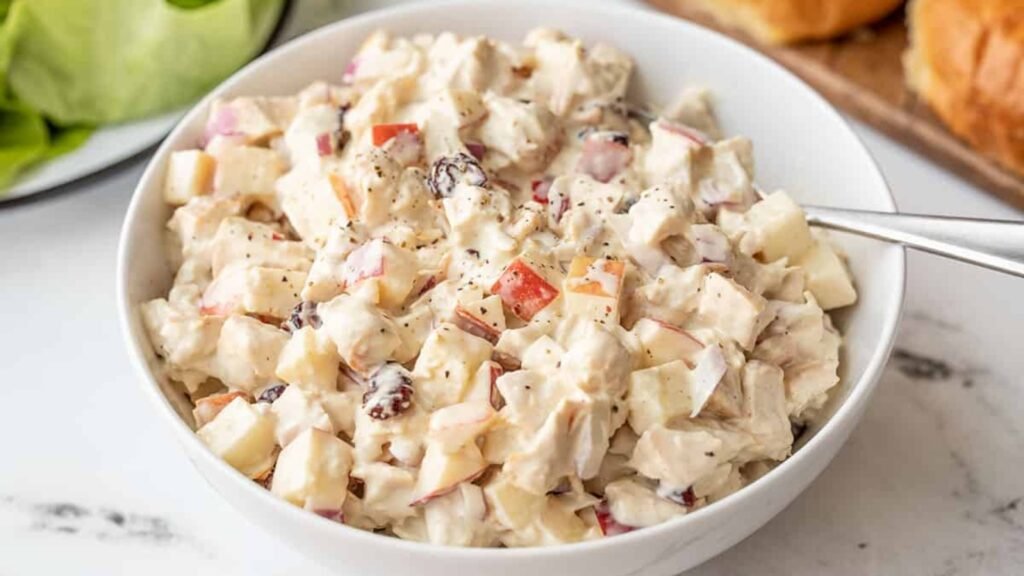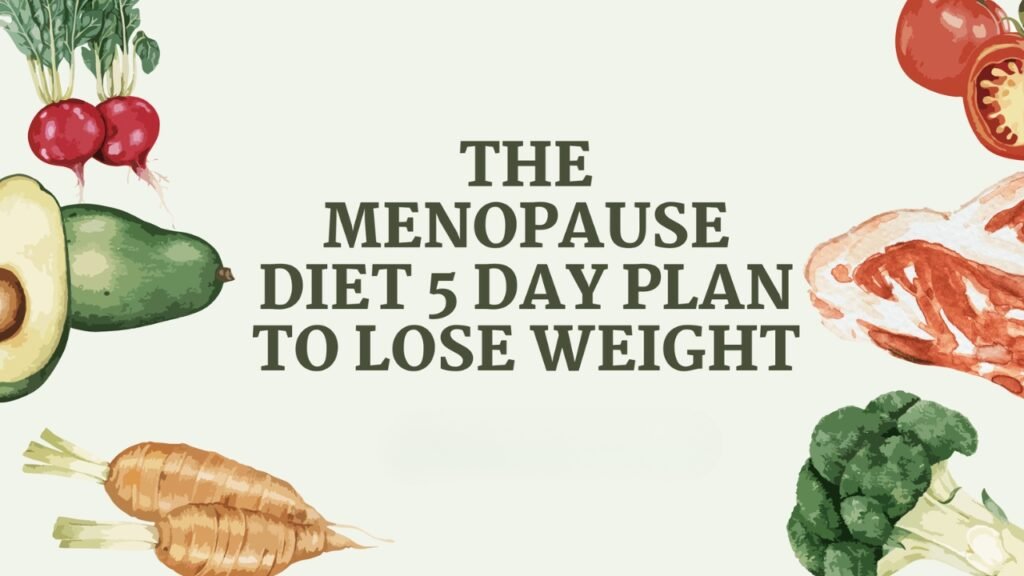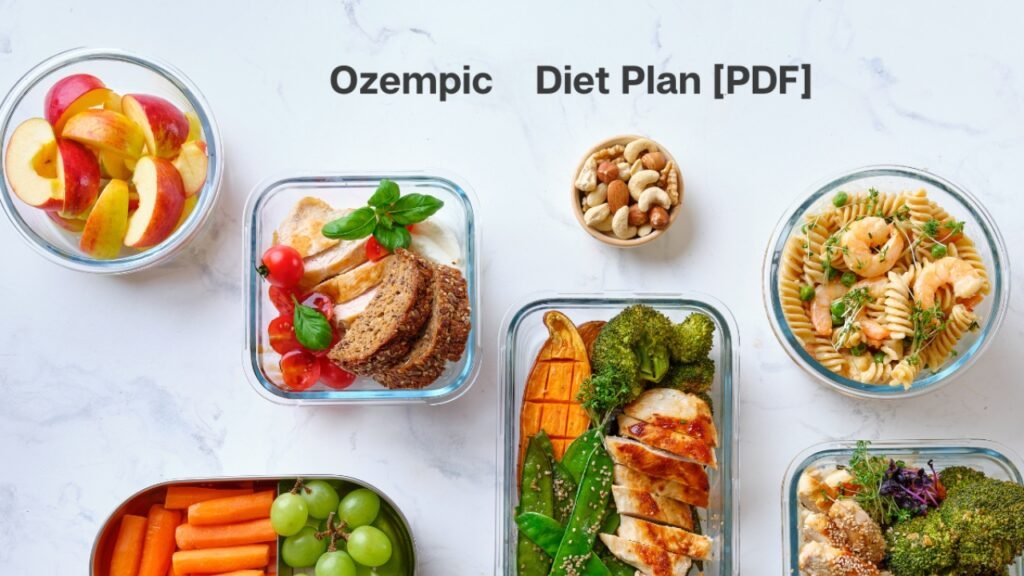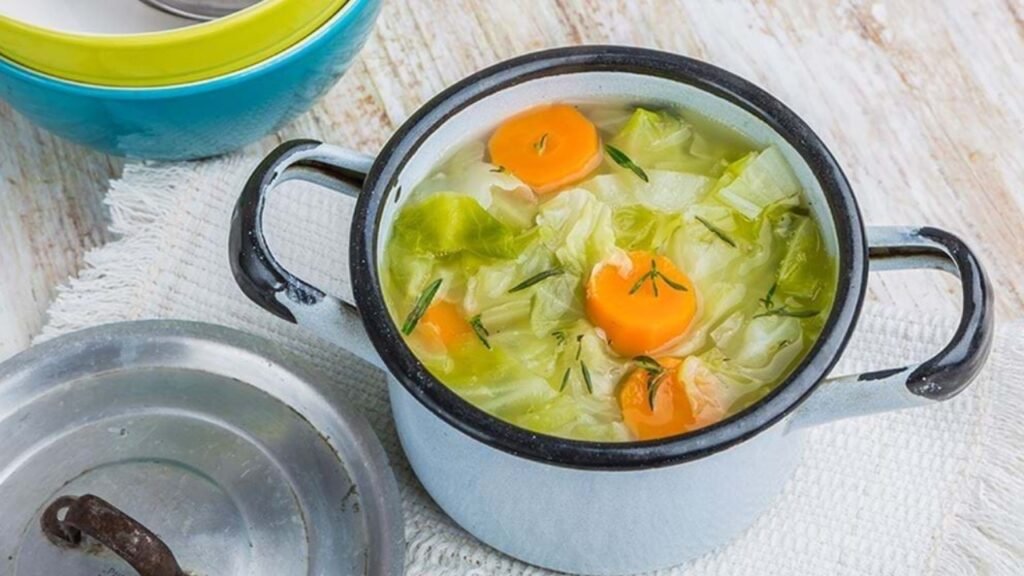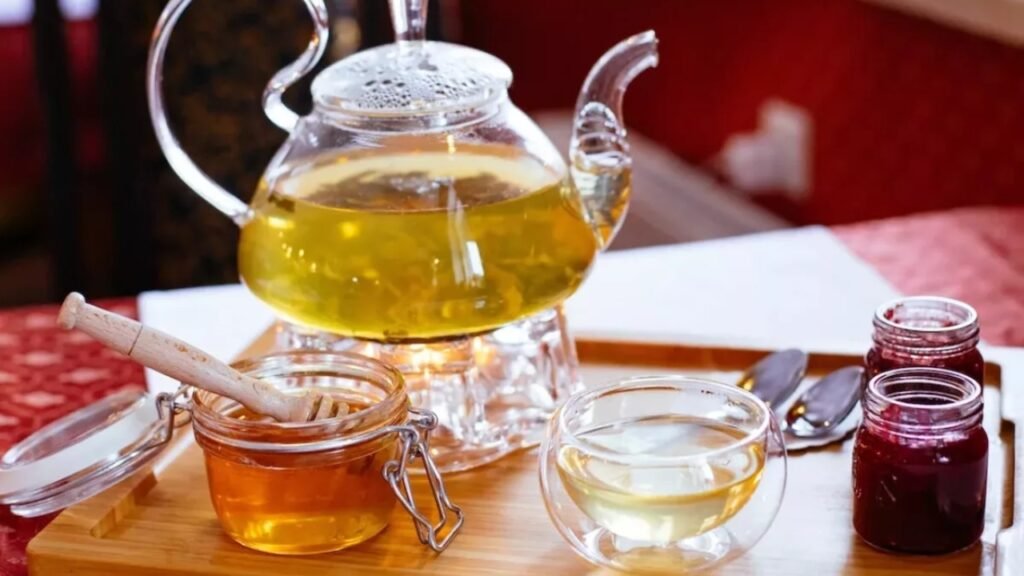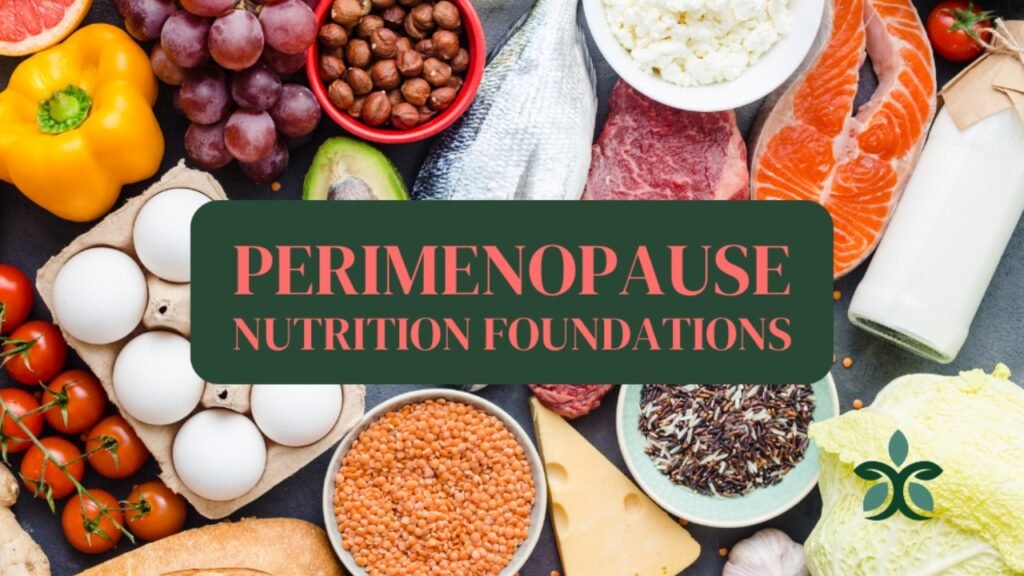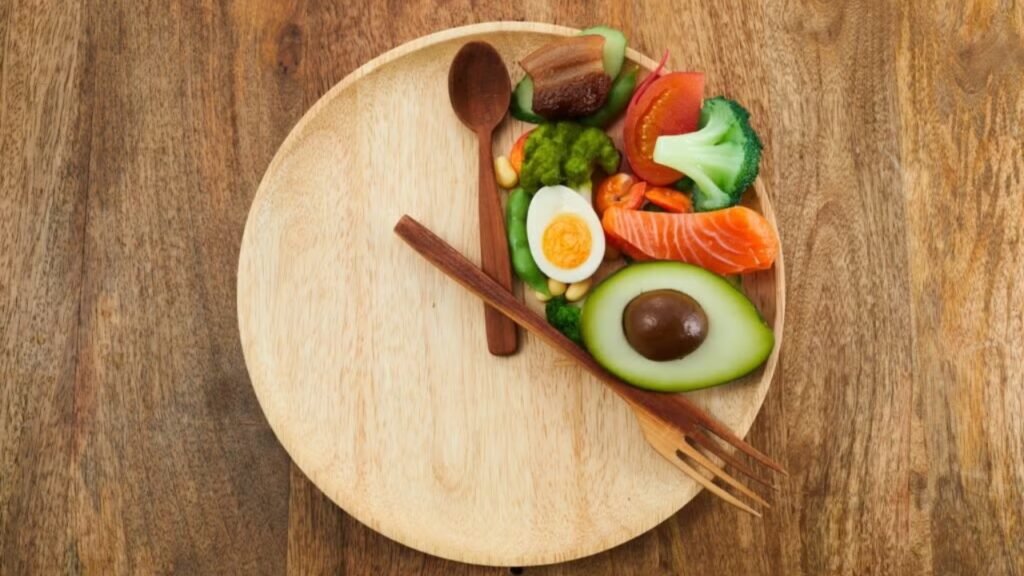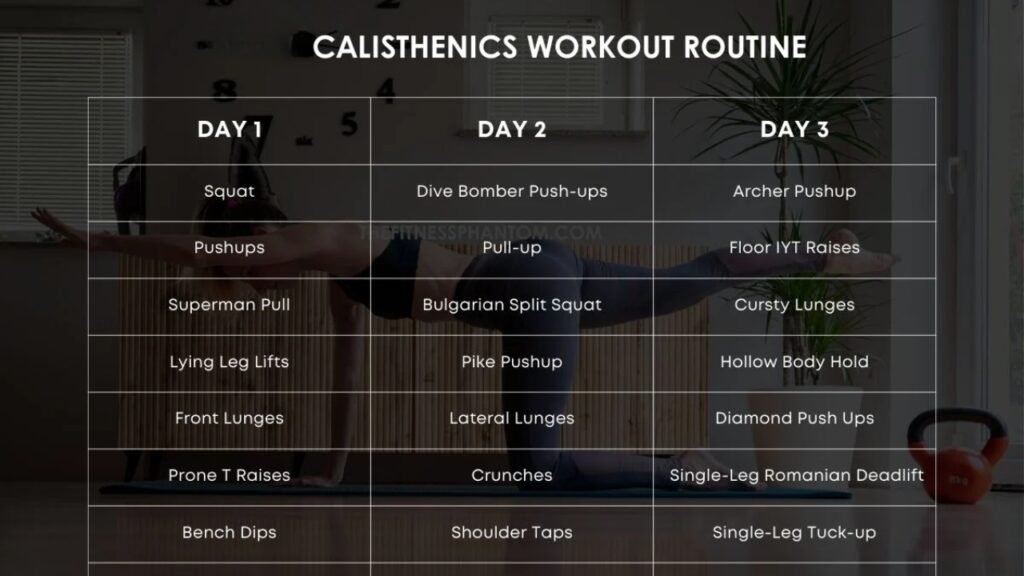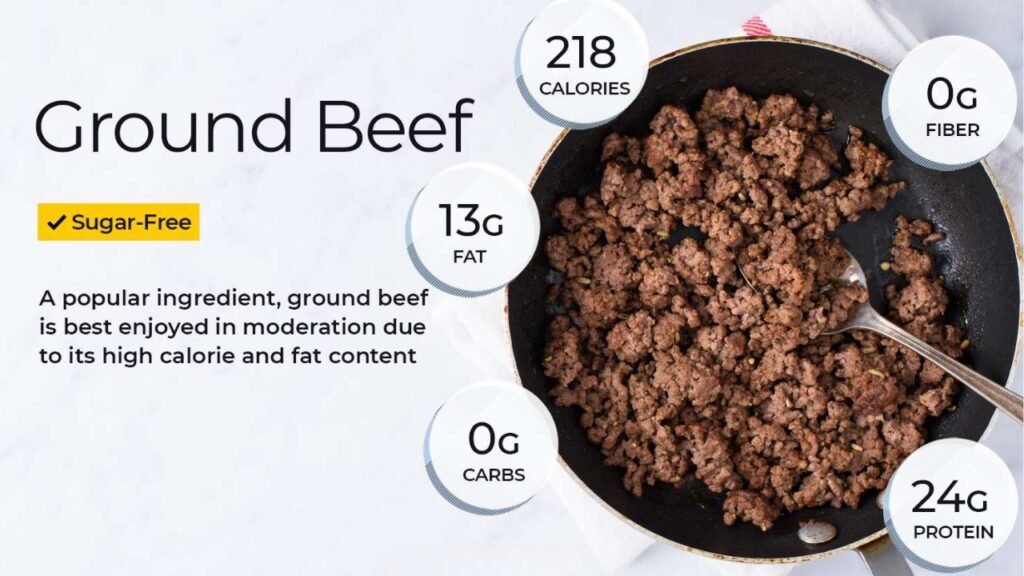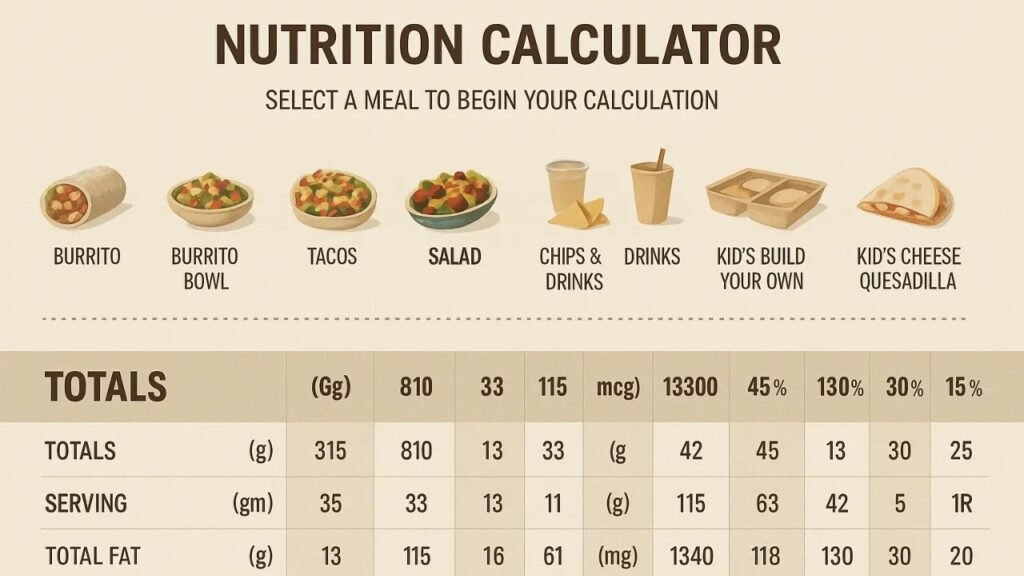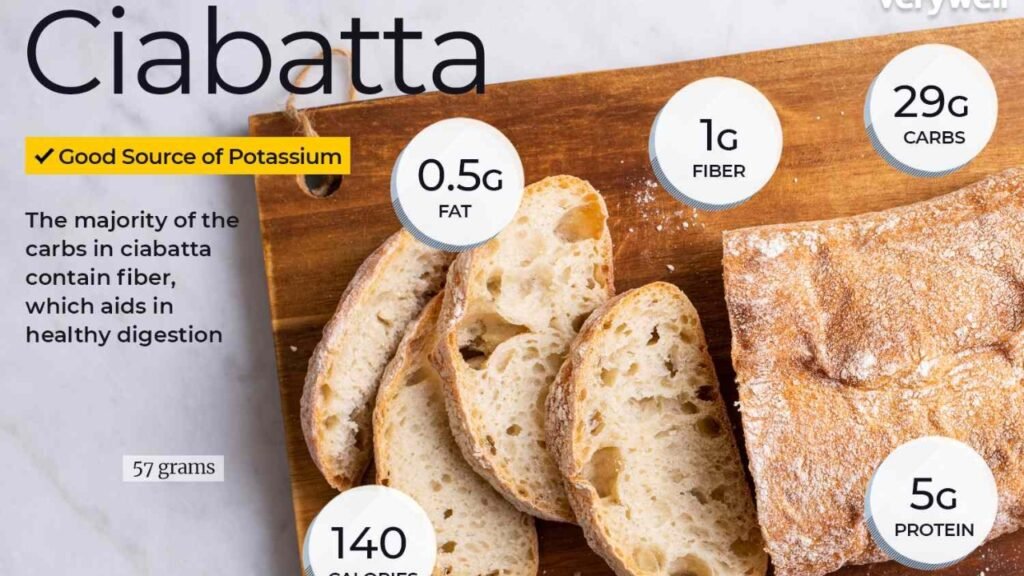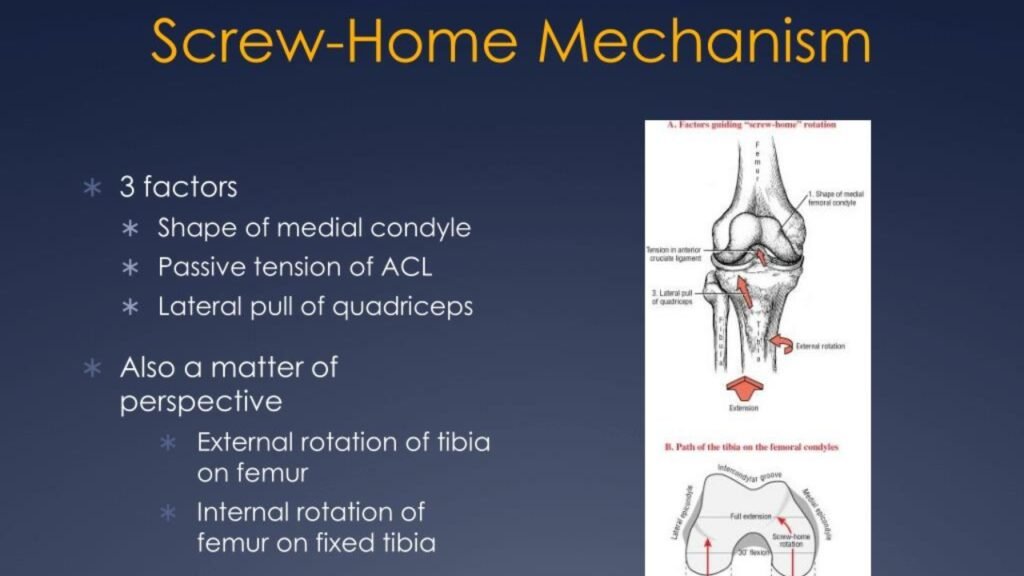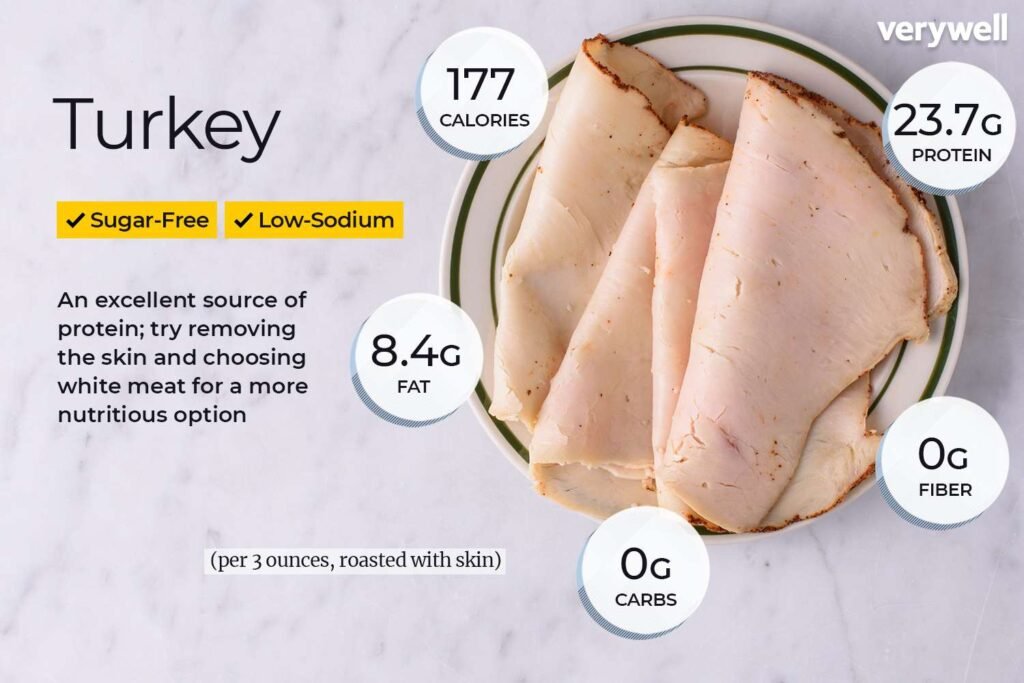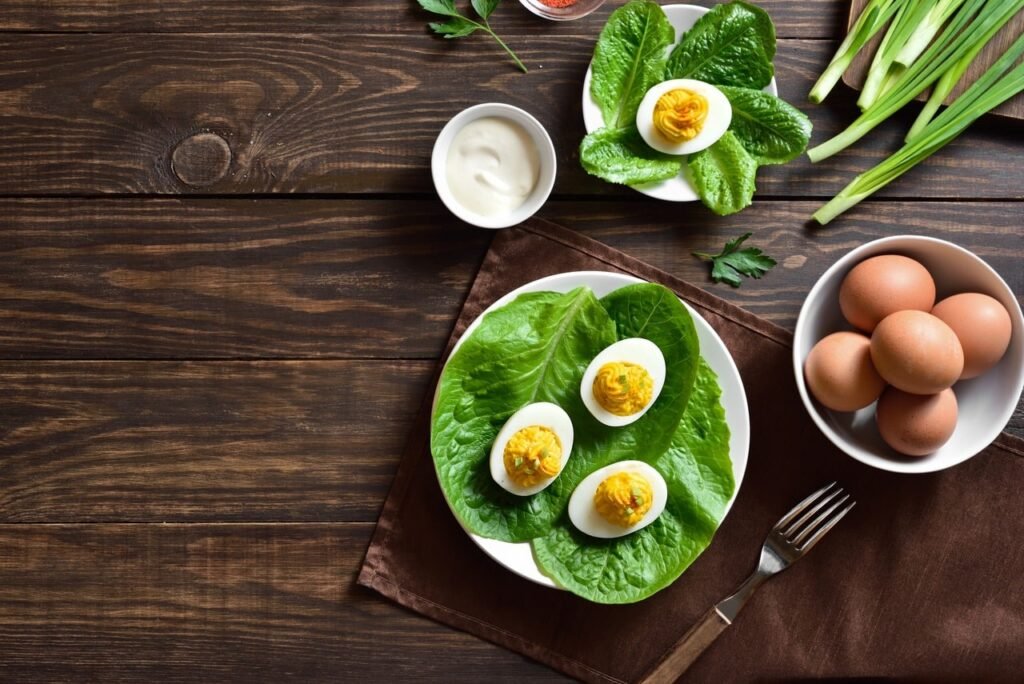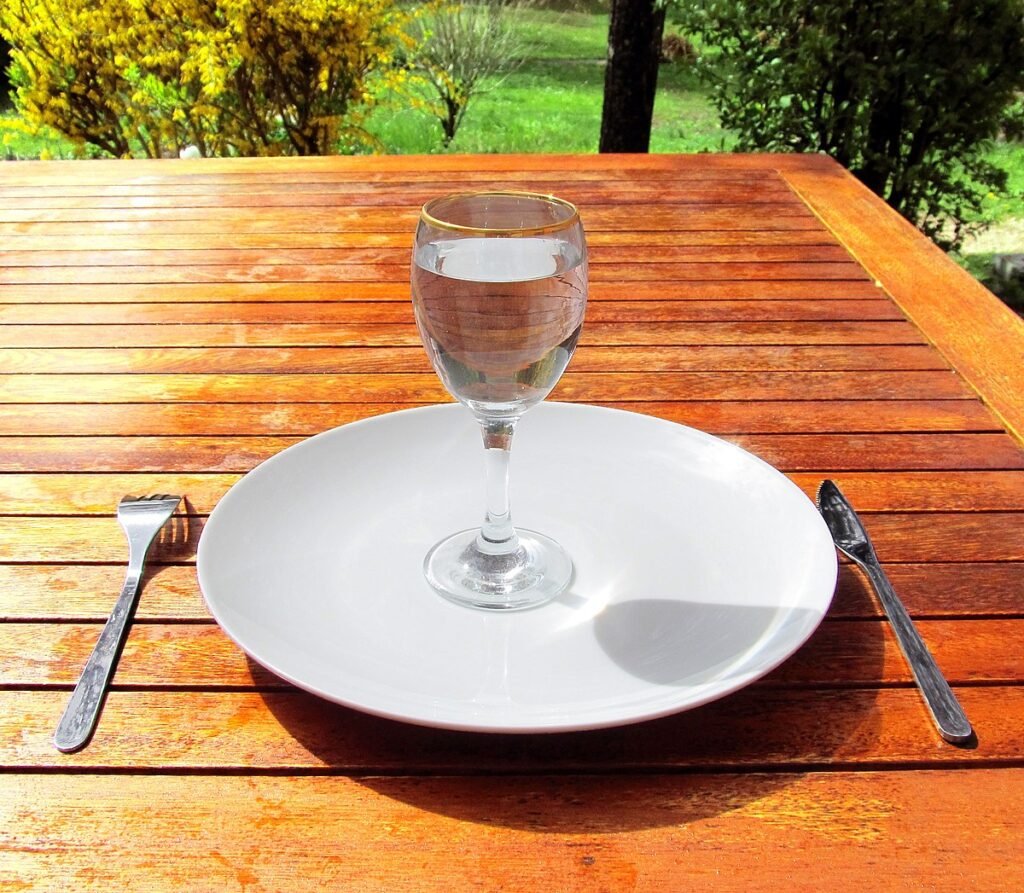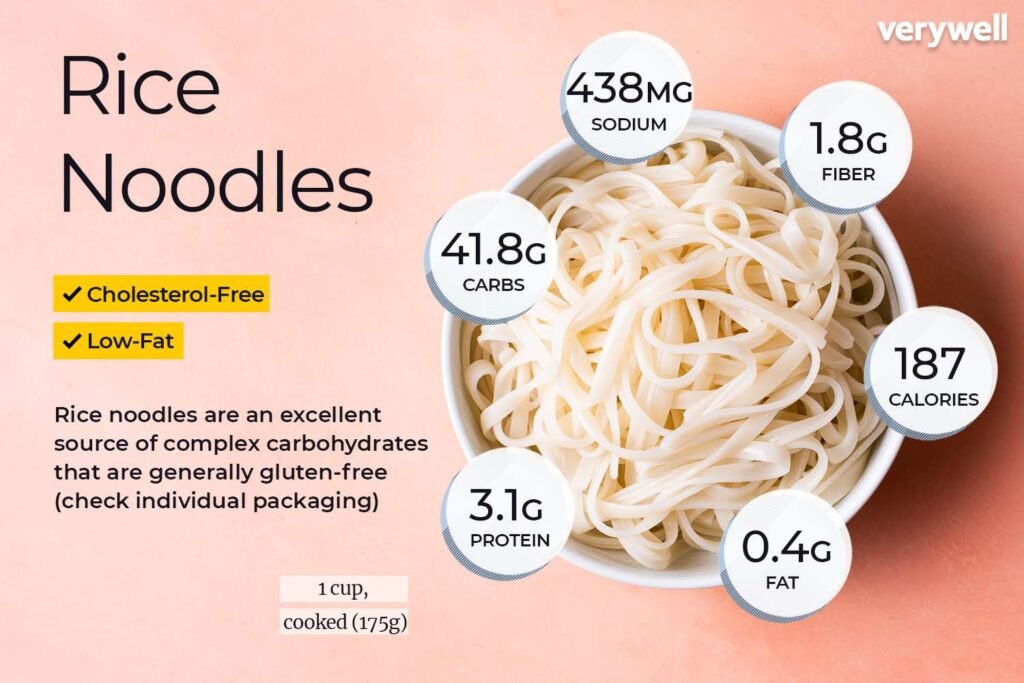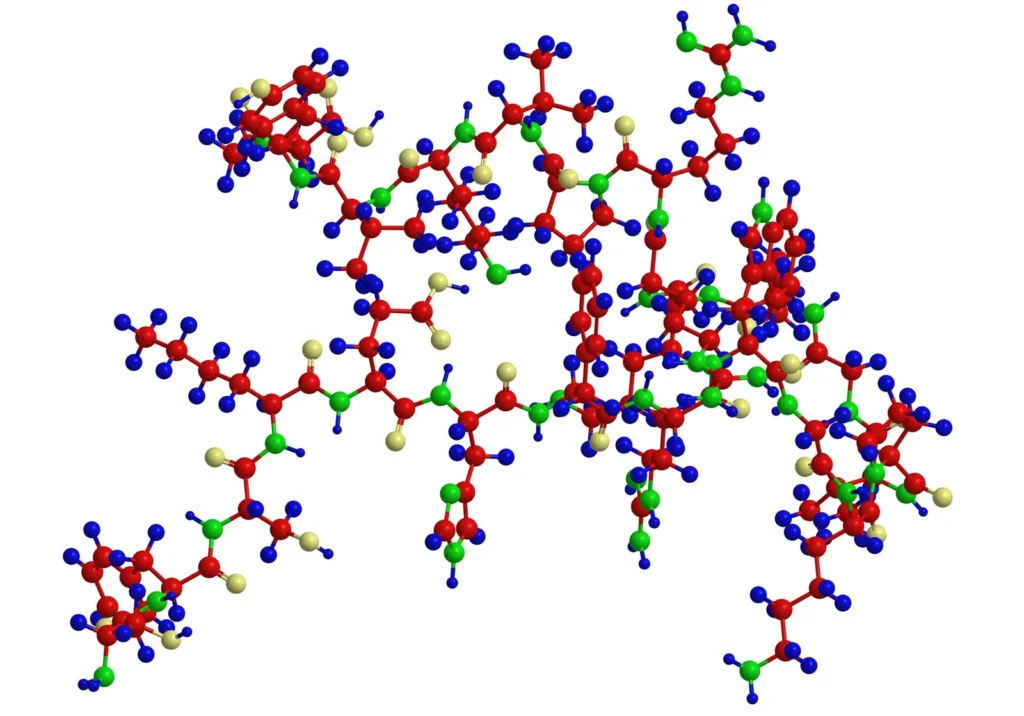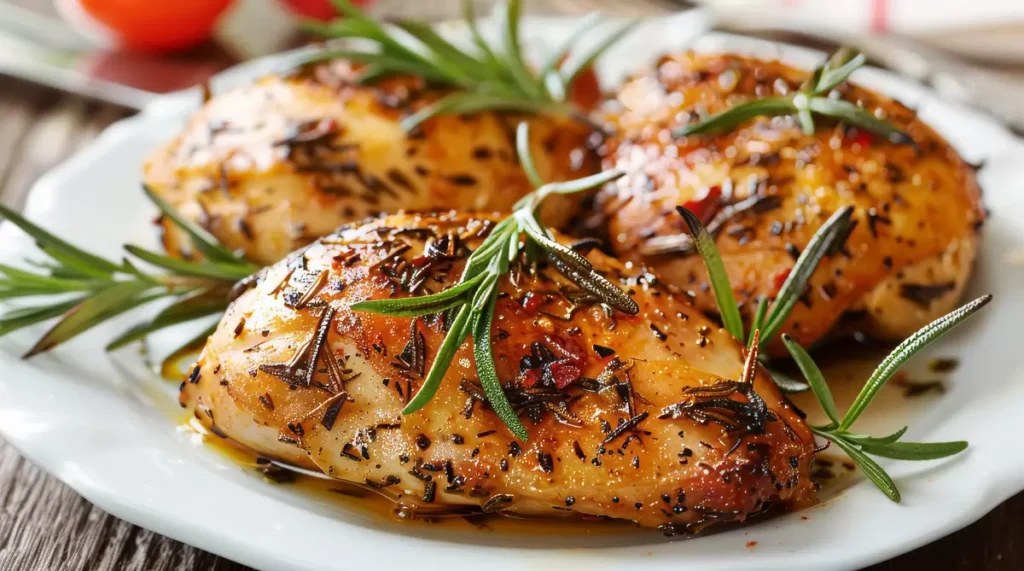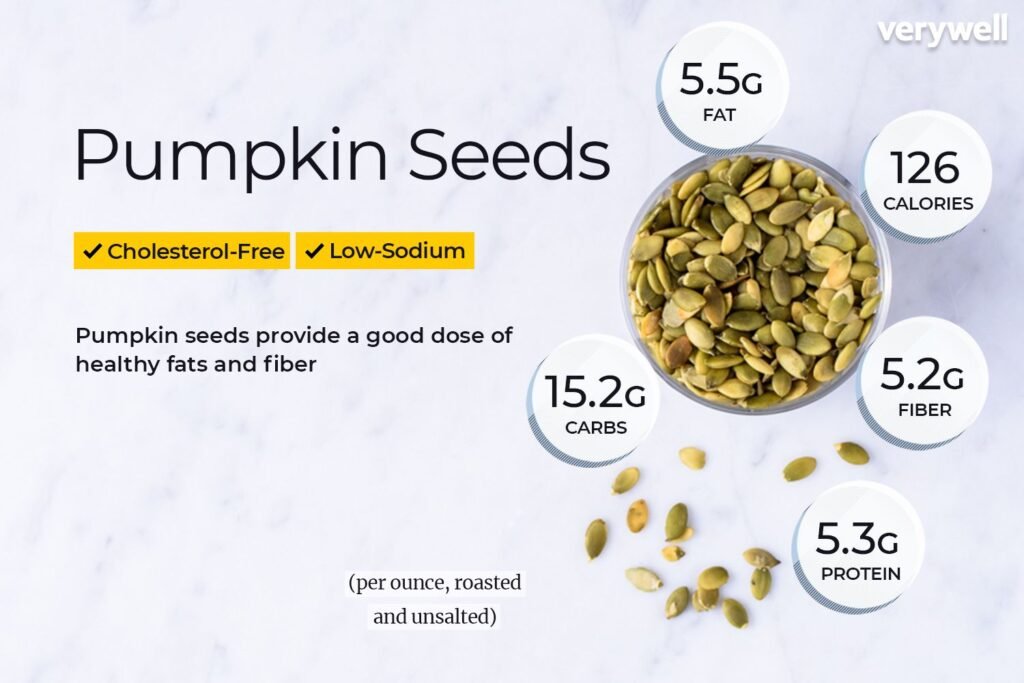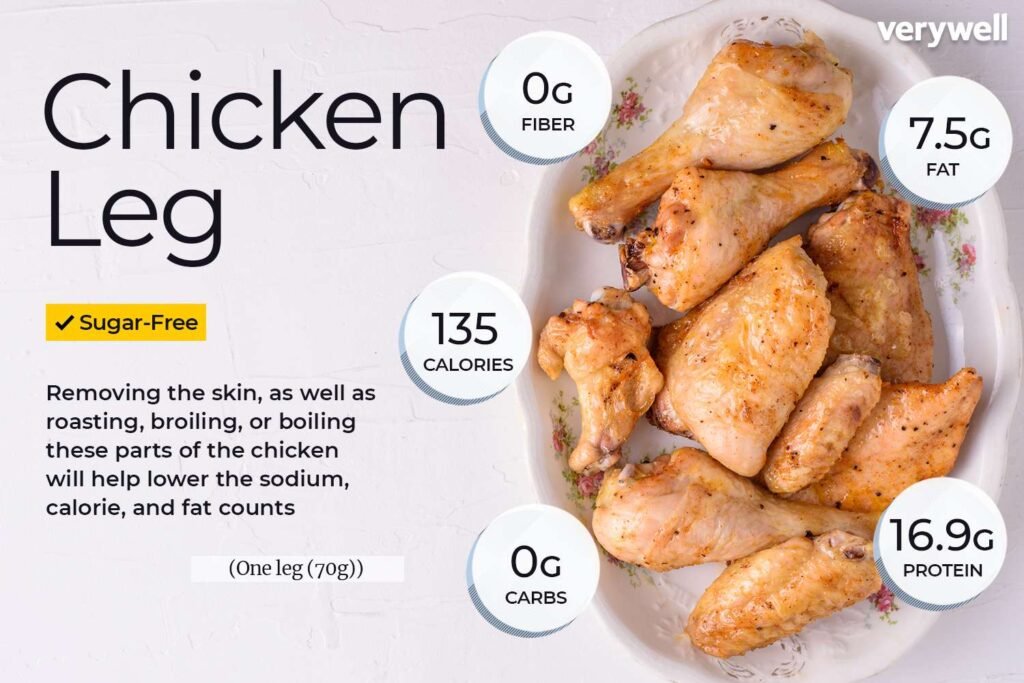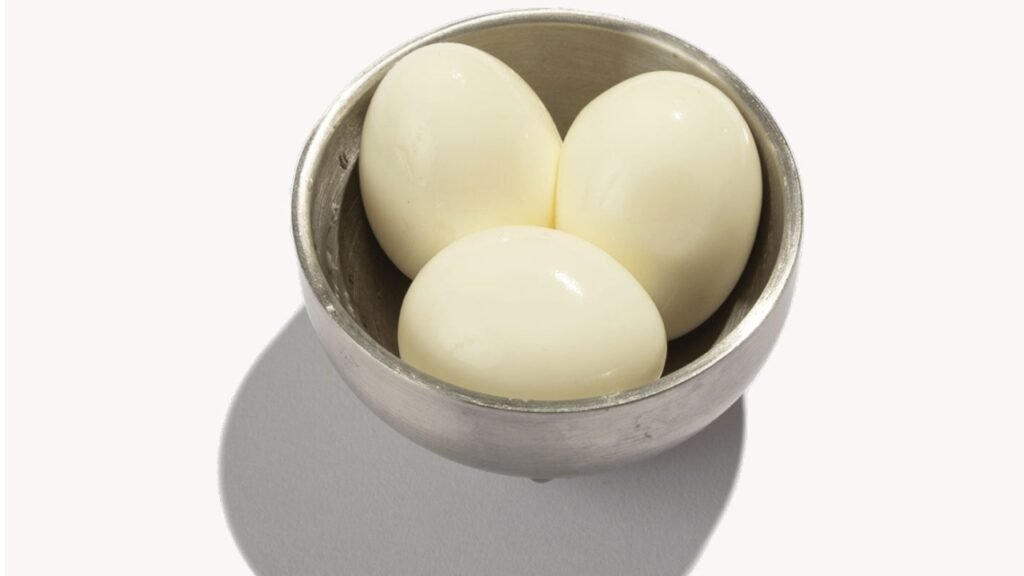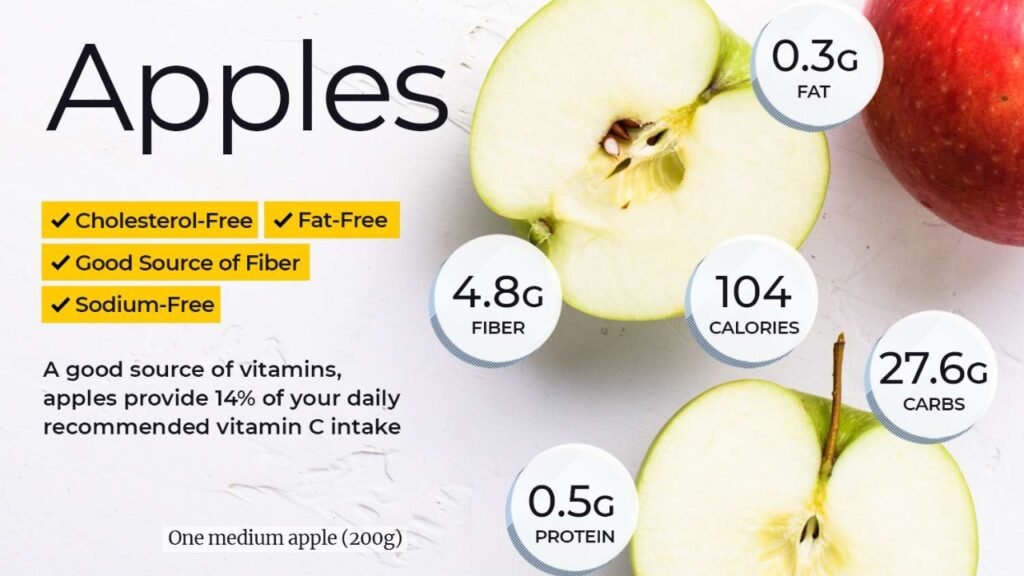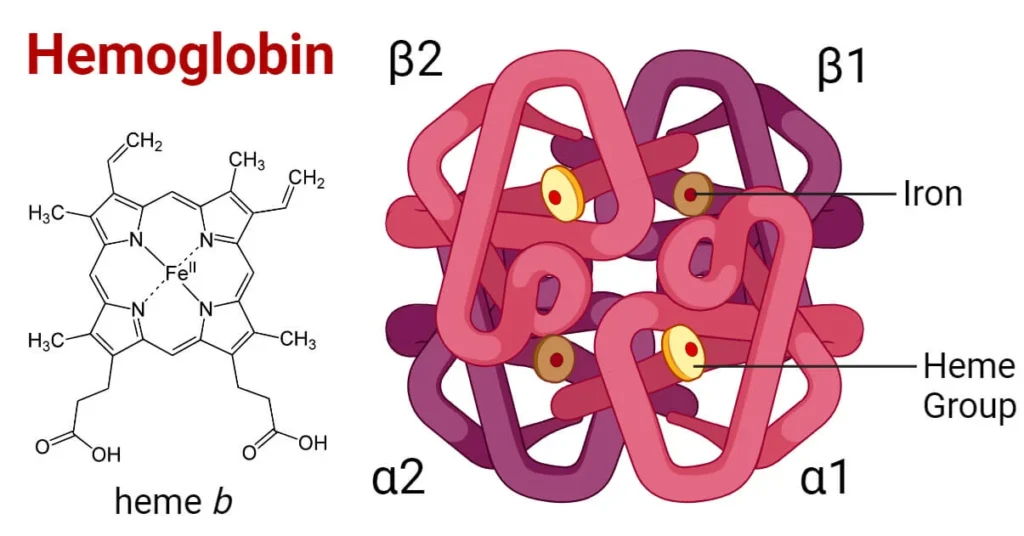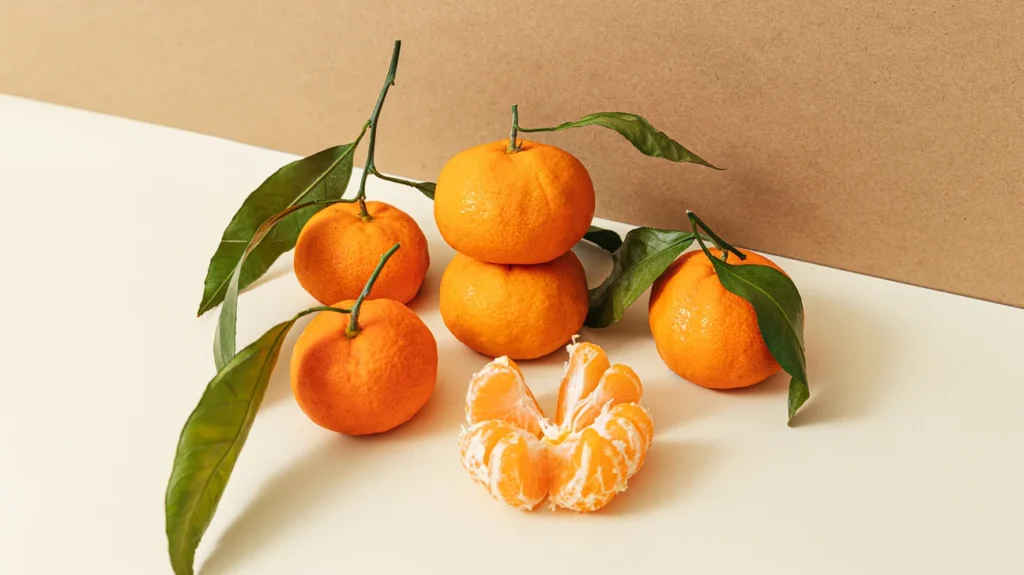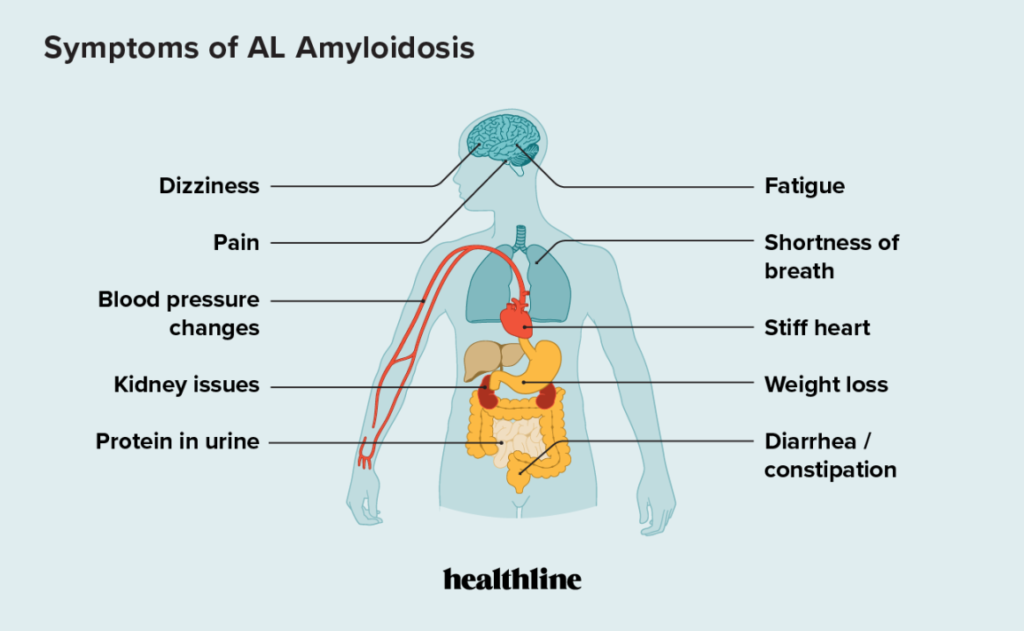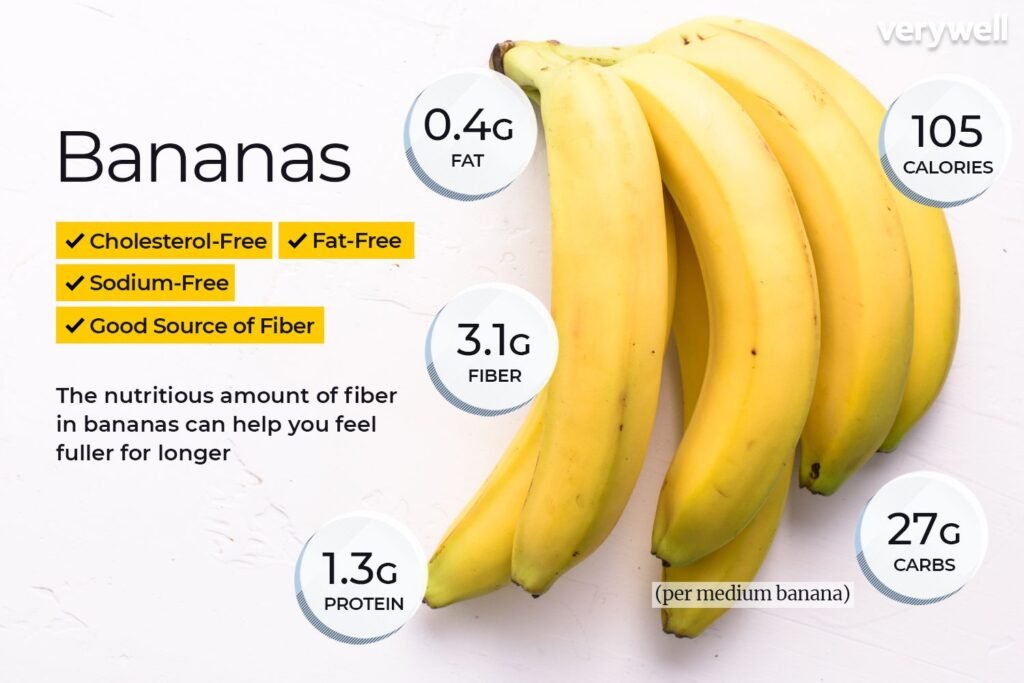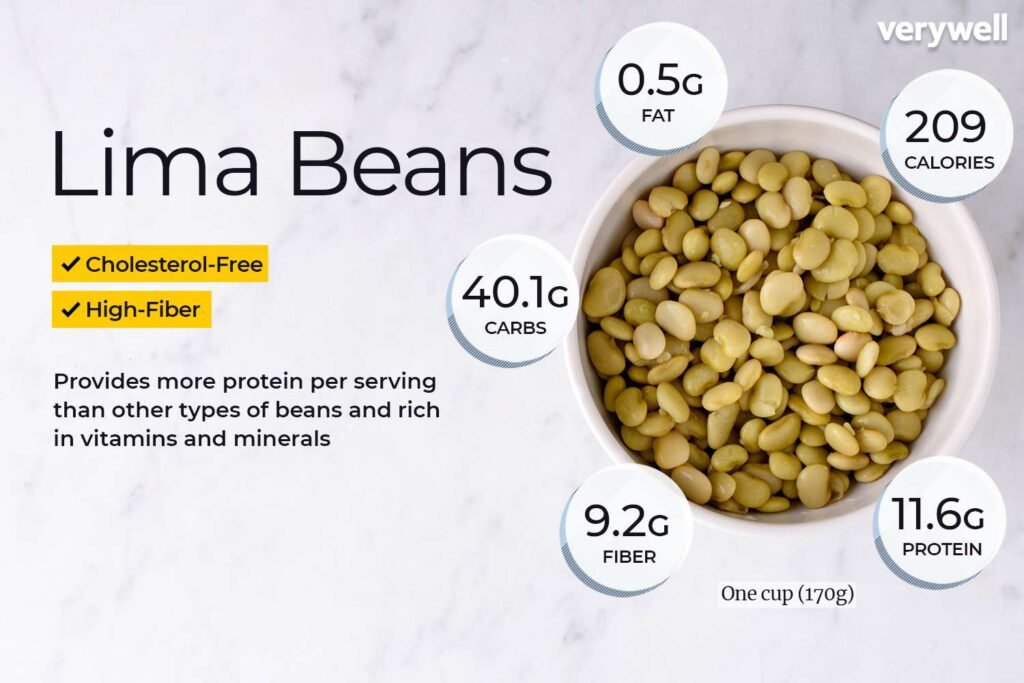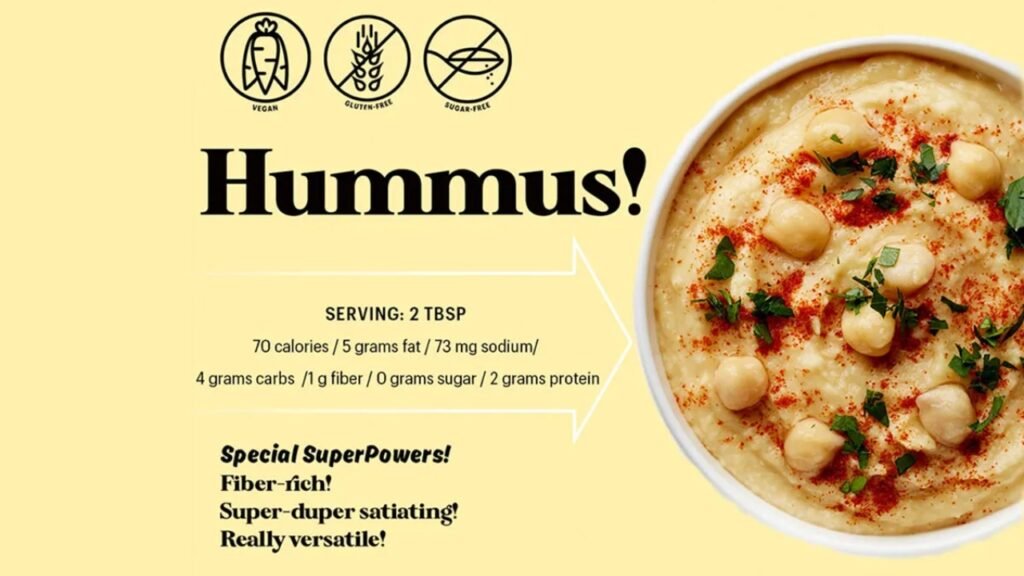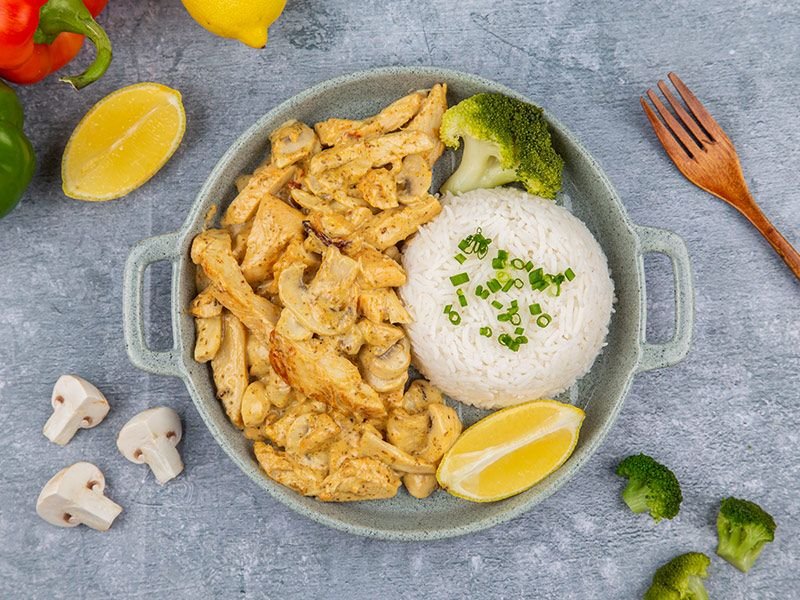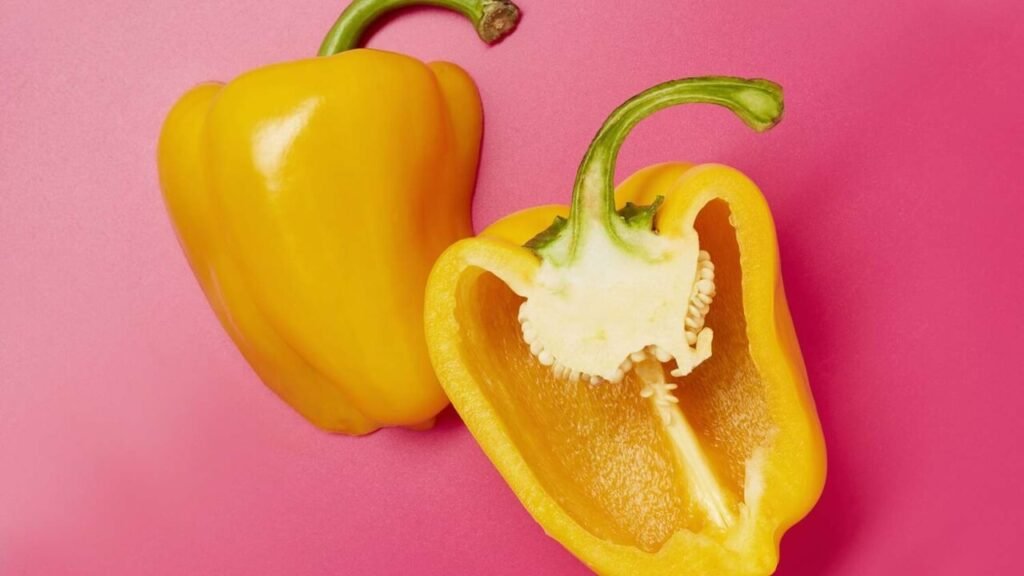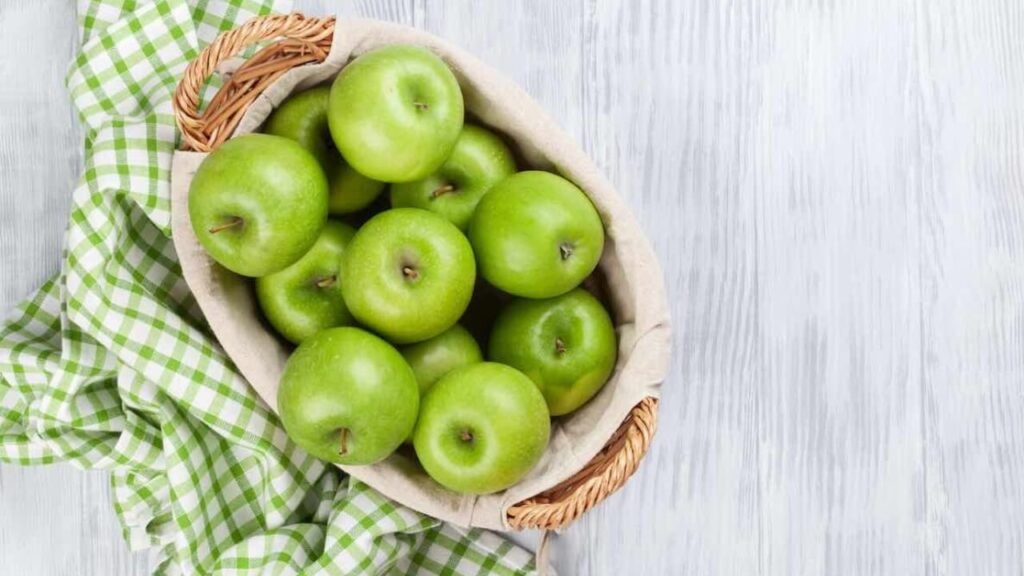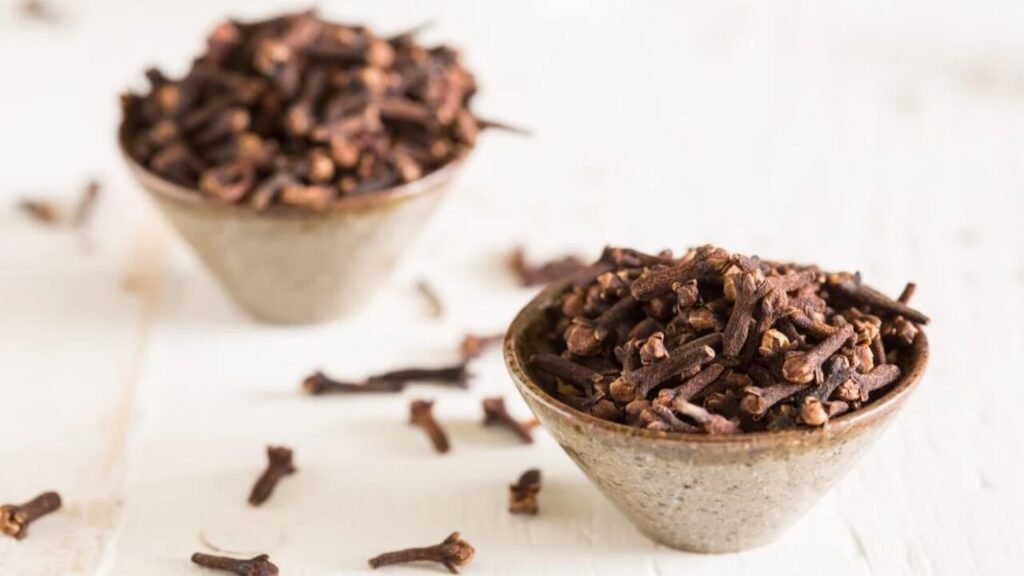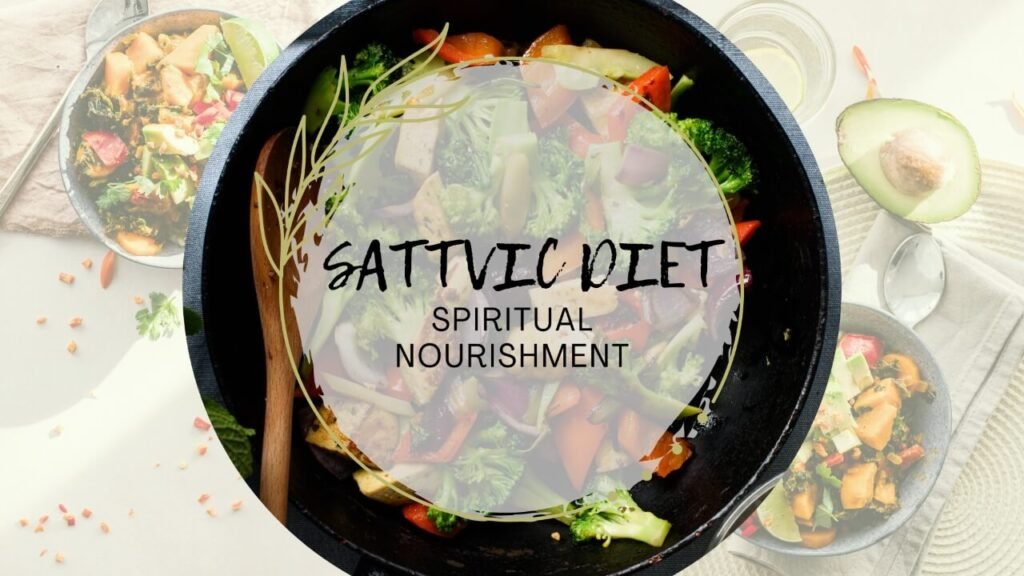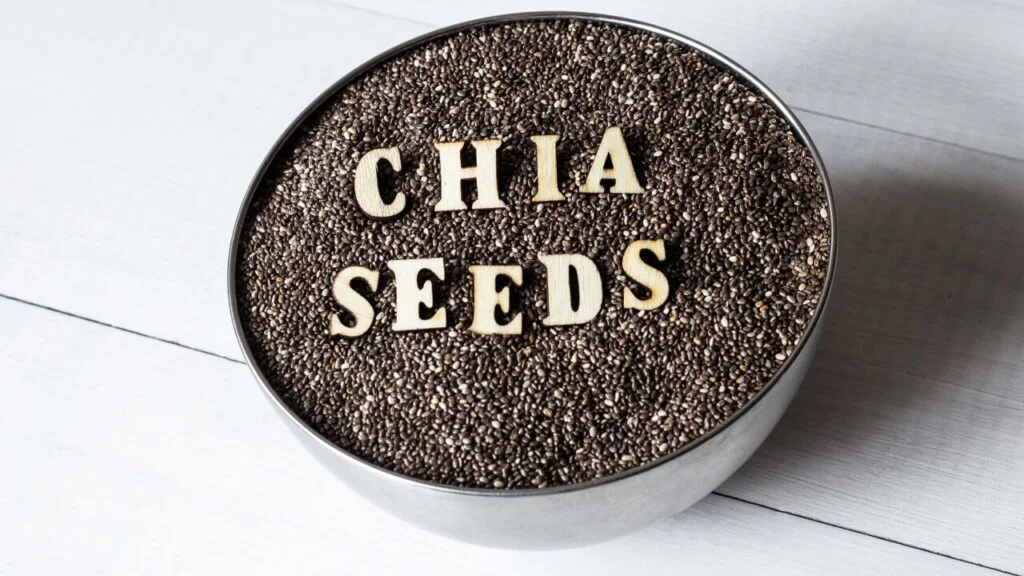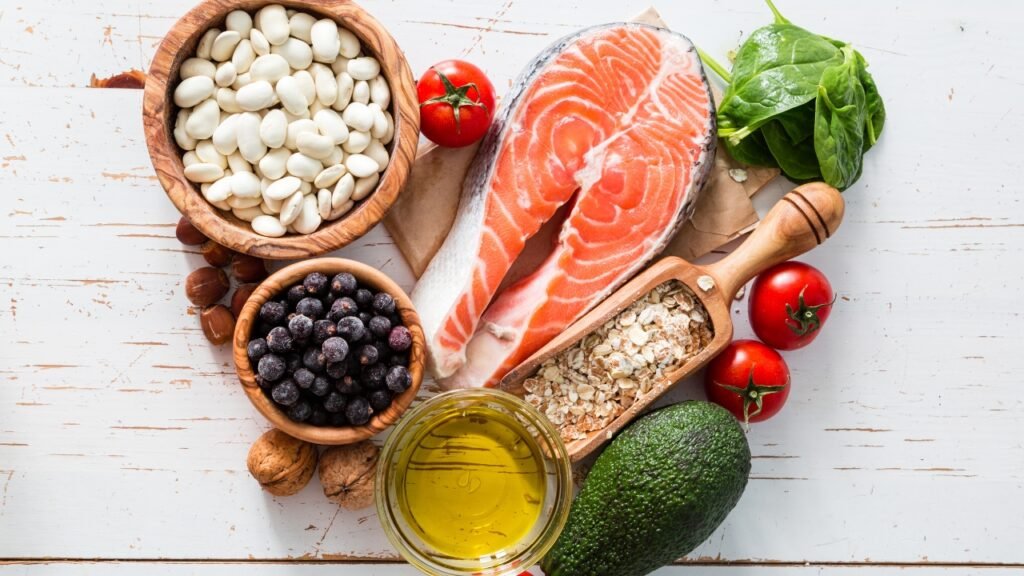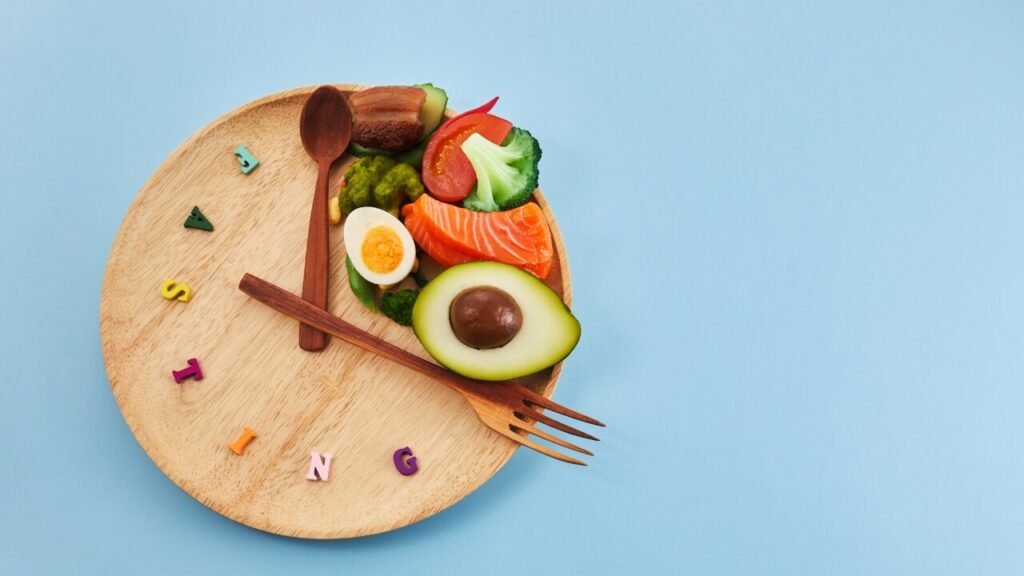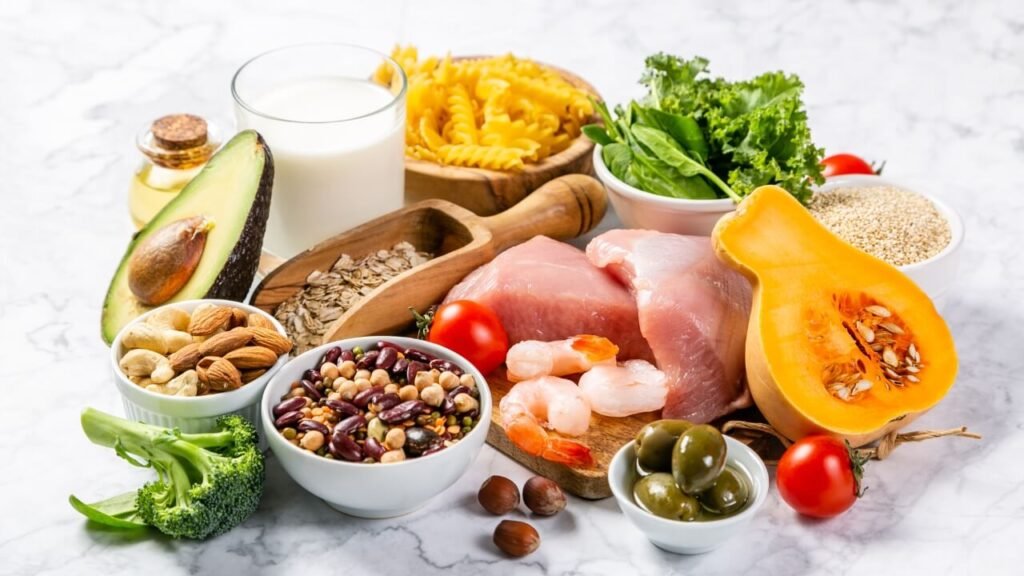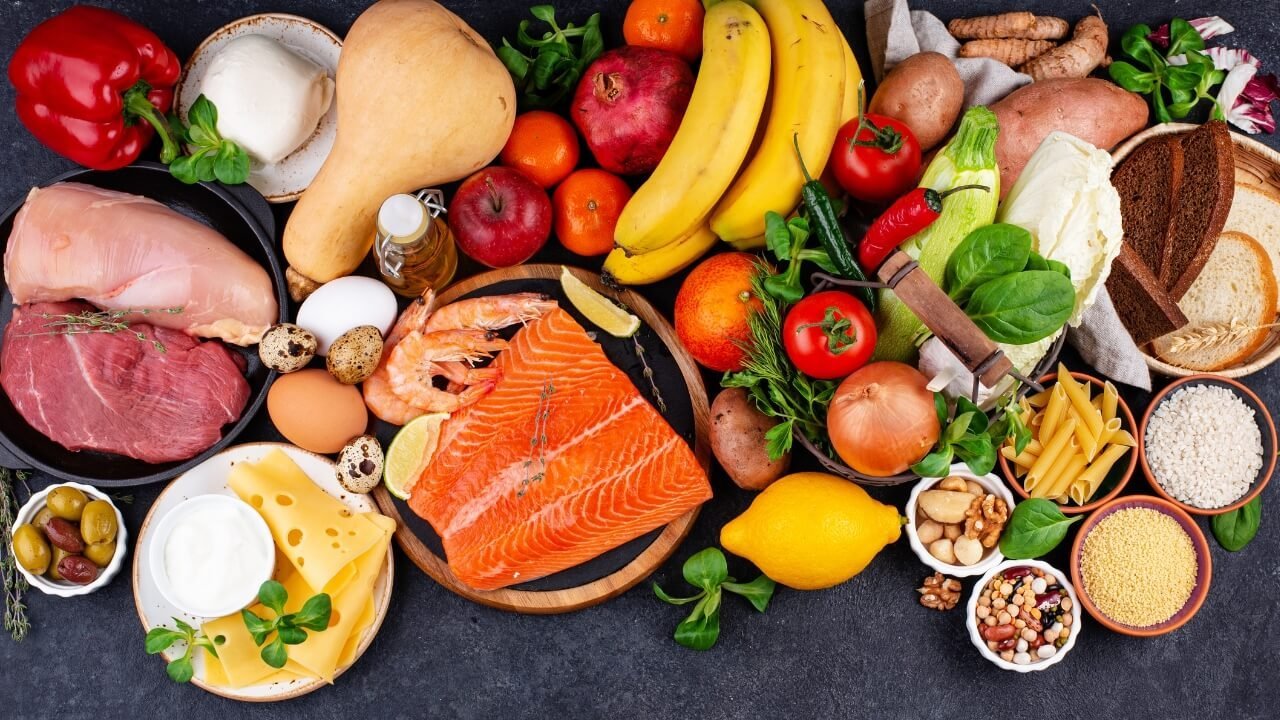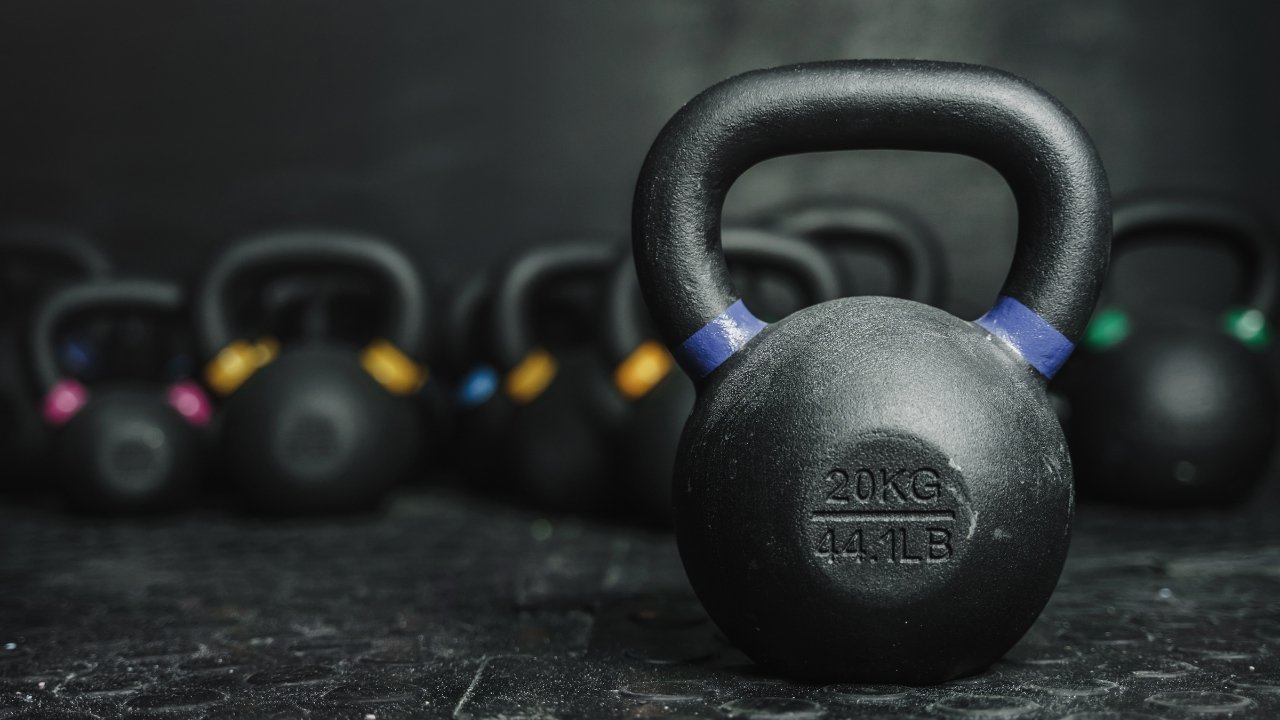Healthy Asian Recipes: Nourish Your Body with Flavorful Wellness
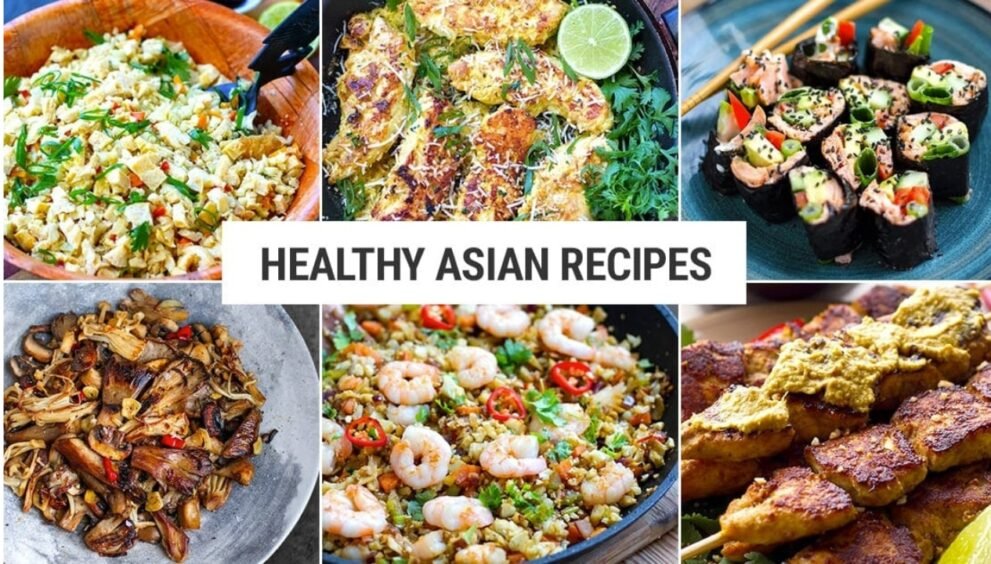
In today’s fast-paced world, where convenience often takes priority over health, it’s easy to neglect the importance of nutritious meals. However, healthy eating doesn’t need to be bland or unexciting, especially when you explore the rich, vibrant flavors of healthy Asian recipes. The culinary traditions of Asia offer a variety of dishes packed with nutrients, fresh ingredients, and bold flavors that can easily fit into a modern, health-conscious lifestyle. From vibrant vegetables to aromatic herbs and spices, Asian cuisine is a goldmine of healthy meal options that nourish both the body and soul.
The Essence of Healthy Asian Recipes
Asian cuisine is diverse, spanning multiple countries and cultures, each with its unique take on food and health. At its core, many traditional Asian recipes emphasize the use of fresh, seasonal ingredients like leafy greens, lean proteins, and whole grains, combined with cooking methods that preserve nutrients. These cooking techniques—steaming, stir-frying, boiling, and grilling—are known for maintaining the integrity of the ingredients, making Asian food not only delicious but also nutritionally balanced.
Health experts suggest that one of the reasons Asian recipes are so healthy is their reliance on natural, whole foods that are minimally processed. Whether it’s the use of soy, tofu, fresh herbs, or vegetables, healthy Asian recipes are typically low in saturated fat and refined sugars, making them ideal for maintaining overall wellness.
In this article, we will delve into some of the most popular healthy Asian recipes, their health benefits, and how you can incorporate them into your diet for improved vitality and well-being.
Why Asian Cuisine Is a Healthier Choice
Asian food is often celebrated for its health benefits, thanks to its emphasis on plant-based ingredients and healthy fats. The variety of flavors and textures in these dishes is also a key aspect that sets them apart from other culinary traditions.
Lean Proteins and Nutrient-Rich Vegetables
A large portion of Asian diets is based on lean proteins such as fish, chicken, and tofu. These proteins provide the body with essential amino acids, which are crucial for muscle growth and repair. Additionally, the high content of omega-3 fatty acids in fish such as salmon and mackerel promotes heart health and reduces inflammation.
Alongside proteins, Asian dishes are rich in vegetables like bok choy, spinach, eggplant, and mushrooms. These vegetables are low in calories but packed with vitamins, minerals, and antioxidants that support a healthy immune system and digestive health. Cruciferous vegetables like cabbage, a staple in many Asian recipes, have been shown to help in detoxification and cancer prevention.
Healthy Cooking Methods
Unlike deep-frying, which is often used in Western cooking, Asian recipes often rely on healthier cooking techniques. Steaming, stir-frying, and boiling are common methods that help retain the nutritional value of ingredients. Steaming, in particular, is an excellent way to cook vegetables, fish, and dumplings without adding extra fats, preserving both the texture and nutrients.
The Role of Herbs and Spices
In many healthy Asian recipes, herbs and spices play an essential role. Ingredients like ginger, garlic, lemongrass, turmeric, and cilantro are known for their anti-inflammatory properties and their ability to boost metabolism. In fact, many Asian countries, including India and China, have long used herbs and spices not only for flavor but for their healing properties.
Dr. Jennifer Lee, a nutritionist specializing in Asian diets, states,
“Herbs and spices in Asian cuisine are not just there for flavor; they are often used for their medicinal properties. Ingredients like turmeric, for instance, are packed with antioxidants and anti-inflammatory compounds that promote long-term health.”
Exploring Popular Healthy Asian Recipes
Now that we have a better understanding of why Asian cuisine is so healthy, let’s take a closer look at some of the most popular and nutritious Asian recipes you can easily make at home.
1. Miso Soup (Japan)
Miso soup is a cornerstone of Japanese cuisine. Made from fermented soybean paste, miso is packed with probiotics, which are beneficial for gut health. The soup typically includes tofu, seaweed, and green onions, all of which are low in calories but high in essential nutrients. The probiotics in miso also help with digestion and boost the immune system.
To make a simple miso soup, dissolve miso paste in warm water, add cubed tofu, seaweed, and a few green onions, and you have a light, nutritious meal that’s both comforting and healthy.
2. Bulgur Wheat Salad with Grilled Chicken (Middle Eastern/Asian Fusion)
Bulgur wheat, a whole grain, is often found in Middle Eastern cuisine, but it’s a great addition to healthy Asian recipes as well. This salad is packed with fiber and protein, thanks to the grilled chicken and bulgur wheat. Tossed with fresh vegetables like cucumber, tomatoes, and parsley, this dish offers a healthy balance of macronutrients and a light, refreshing taste.
The bulgur wheat provides complex carbohydrates, which release energy slowly, making it an ideal choice for those looking to maintain energy levels throughout the day. The grilled chicken adds lean protein, while the vegetables contribute a range of vitamins and minerals.
3. Vietnamese Pho (Vietnam)
Pho is a beloved Vietnamese soup that has made its way into global popularity. Traditionally, pho is made with a clear broth, rice noodles, and lean cuts of meat like chicken or beef. It is often served with fresh herbs such as basil, cilantro, and lime on the side, allowing the eater to customize the flavor profile.
Pho is a low-calorie dish that’s high in protein, vitamins, and minerals, especially if you choose lean cuts of meat and pile on the fresh herbs and vegetables. Additionally, the broth is typically made by simmering bones for several hours, resulting in a rich, flavorful soup that’s also packed with collagen, which supports joint health.
4. Stir-Fried Vegetables with Tofu (China)
One of the simplest and healthiest Asian recipes is stir-fried vegetables with tofu. This dish is incredibly versatile, as you can choose your favorite vegetables like bell peppers, zucchini, carrots, and mushrooms. The tofu adds a plant-based protein that’s both filling and rich in nutrients like iron and calcium.
The stir-fry is typically cooked in a small amount of sesame oil, which is a heart-healthy fat known for its antioxidant properties. You can enhance the dish’s flavor by adding a splash of soy sauce, ginger, garlic, and a dash of chili flakes.
5. Korean Bibimbap (Korea)
Bibimbap is a popular Korean dish that consists of a bowl of rice topped with a variety of vegetables, meat (often beef), a fried egg, and a spicy chili paste known as gochujang. This dish is not only packed with a wide range of nutrients from the vegetables but also offers a satisfying balance of protein, fiber, and healthy fats.
The key to a healthy bibimbap is to focus on fresh vegetables, such as spinach, mushrooms, carrots, and zucchini, and to use lean cuts of meat or plant-based proteins. Bibimbap is a hearty, nourishing dish that can be customized to suit your dietary preferences.
How to Incorporate Healthy Asian Recipes into Your Daily Life
Adopting healthy Asian recipes into your diet doesn’t have to be overwhelming. With a little planning and some basic cooking skills, you can prepare meals that are both nutritious and delicious. Start by exploring a few recipes at a time, focusing on dishes that you enjoy and feel comfortable making. Keep your pantry stocked with essential ingredients like soy sauce, miso, rice noodles, and various herbs and spices, and you’ll always be ready to create a healthy, flavorful meal.
If you’re new to Asian cooking, consider starting with simple dishes like miso soup or stir-fried vegetables, which require minimal preparation and cooking time. As you become more comfortable, you can experiment with more complex dishes like pho or bibimbap.
Conclusion: The Health Benefits of Embracing Healthy Asian Recipes
Incorporating healthy Asian recipes into your diet is an excellent way to enjoy nutrient-rich meals that support overall health and wellness. By focusing on fresh ingredients, lean proteins, and flavorful herbs and spices, these recipes offer a variety of health benefits, from boosting immune function to improving digestion and reducing inflammation.
As we’ve explored in this article, the diverse and flavorful dishes of Asian cuisine provide an opportunity to not only savor delicious meals but also nourish your body. So why not embark on a culinary journey and discover how easy and enjoyable it is to eat healthy with Asian recipes?
By making small changes in your daily meals and incorporating more healthy Asian dishes, you can transform your eating habits and embrace a more balanced, vibrant lifestyle. Whether you’re looking to boost your energy, improve your digestion, or simply enjoy tasty, wholesome food, healthy Asian recipes are the perfect solution.





